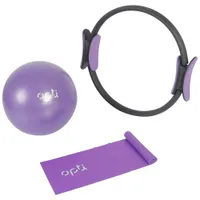The common Pilates mistakes that instructors see daily (plus how to avoid them)
Want to level up? Make sure you know the common Pilates mistakes to avoid, including forgetting to breathe and rushing through exercises...
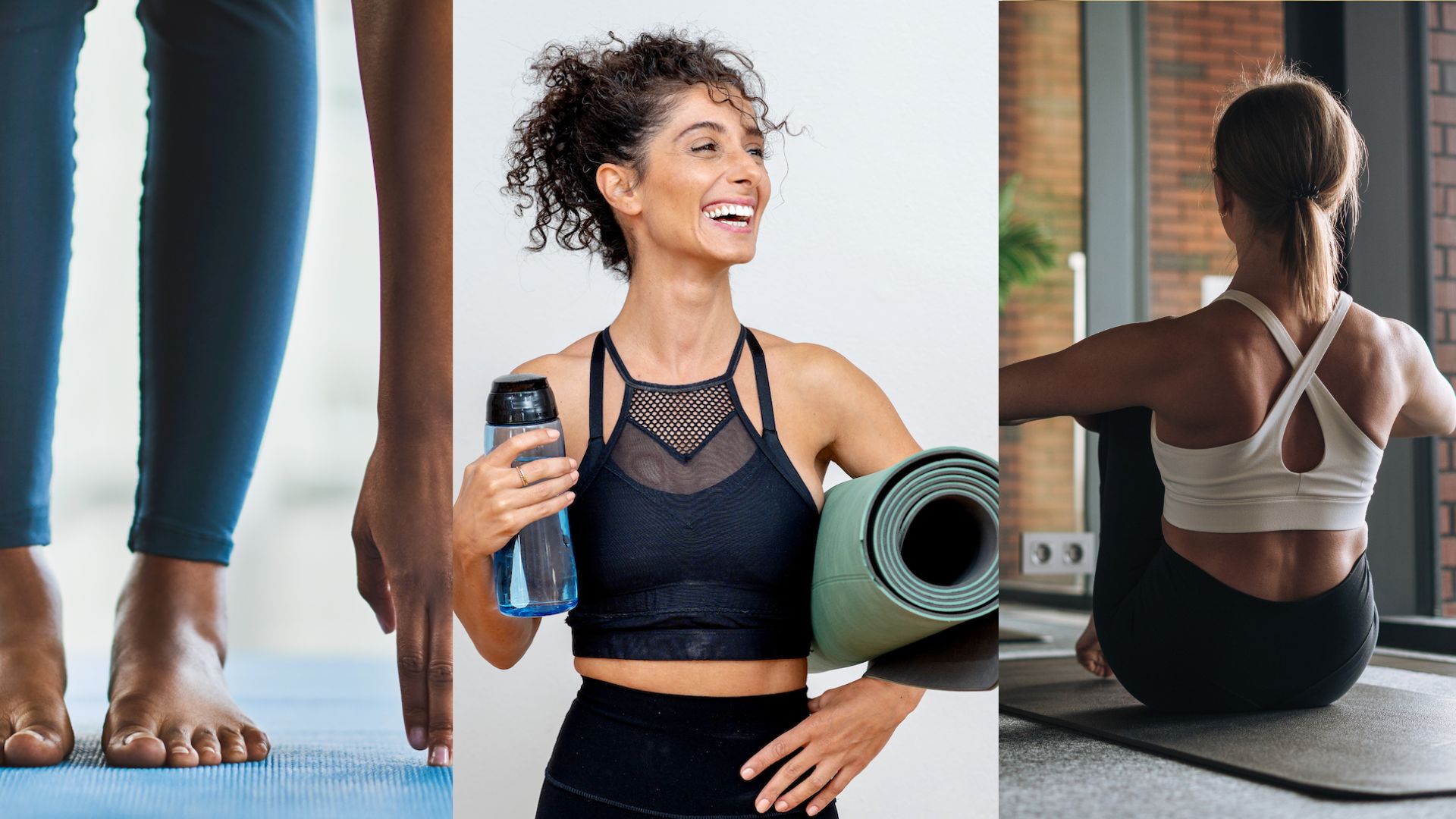

Whether you are new to the practice or want to improve, it's important to be aware of the most common Pilates mistakes to avoid. This is so you can stay safe and effective while reaping the rewards of the workout that's linked to everything from increased strength and flexibility to better posture and reduced stress.
Many of the most frequent Pilates pitfalls come with not nailing the basics - from getting your breathing right to moving at the right pace. However, some simple errors might surprise you, like choosing the wrong class for your goals and abilities or introducing equipment and advancing too soon.
Keen to get on and feel the burn? To ensure you get the most out of this exercise form, we've called on leading Pilates instructors to share exactly what to swerve, so you can ensure you get the most out of your sessions, whether you're exploring Pilates for beginners or already consider yourself a convert.
Common Pilates mistakes to avoid during your practice
Devaluing the basics
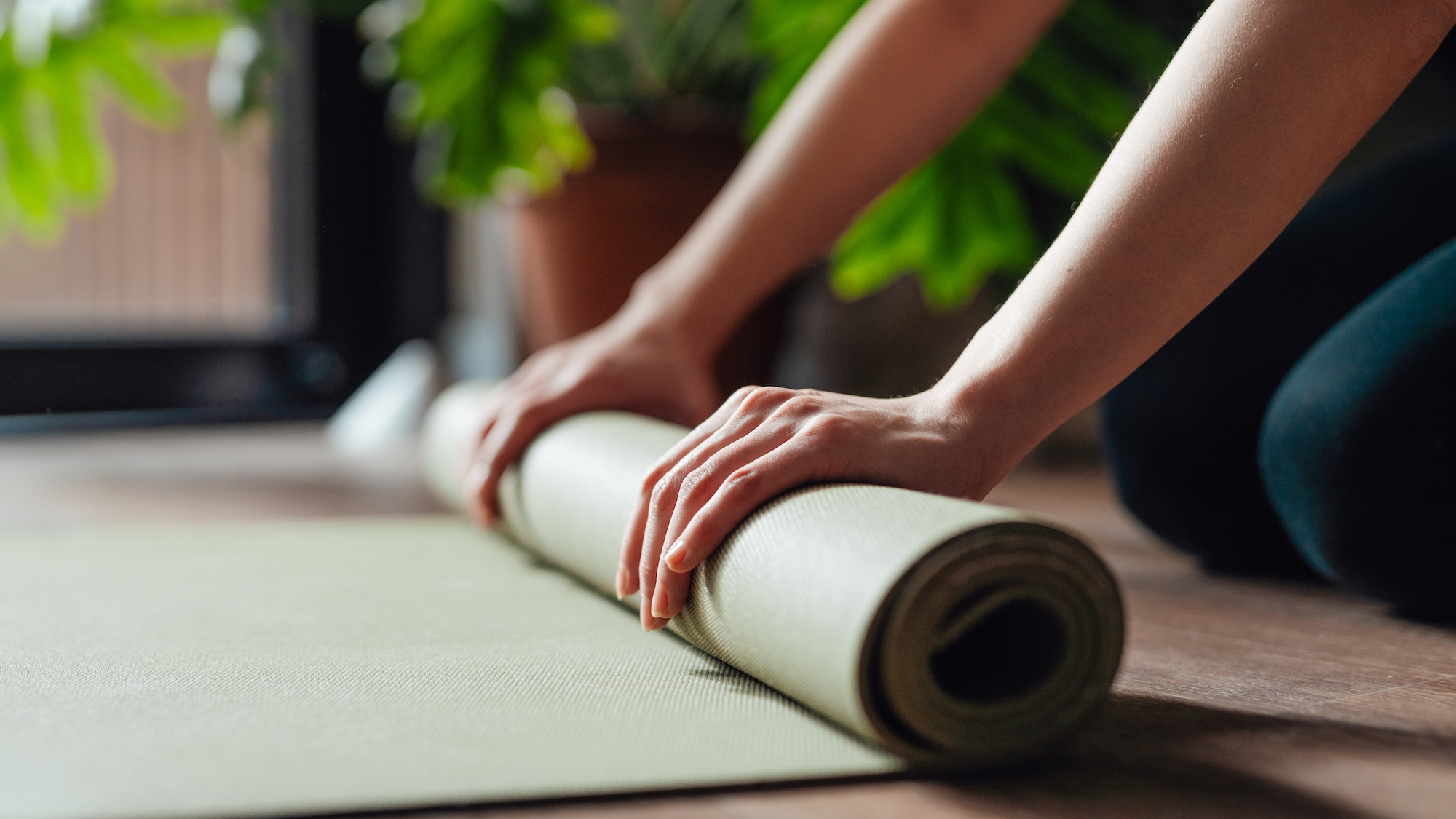
"People commonly overlook the fundamental principles - such as lateral breathing," says Mat Pilates instructor Sadie Straw, referring to the technique where you breathe into the sides and back of your ribcage rather than the belly. "This not only supports stress management but also allows for deep core engagement, better muscle control and smoother, more connected movement.
"When done correctly, it activates the stabilising muscles and the pelvic floor to help you feel more aligned with your body."
Opti Pilates Set | £22 at Argos
If you want to add some resistance to your mat Pilates workout, this set from Argos is under £25 and comes complete with a resistance band, circle, and ball. All you need is a great yoga mat and to download a Pilates app to find a suitable workout.
Expecting instant results
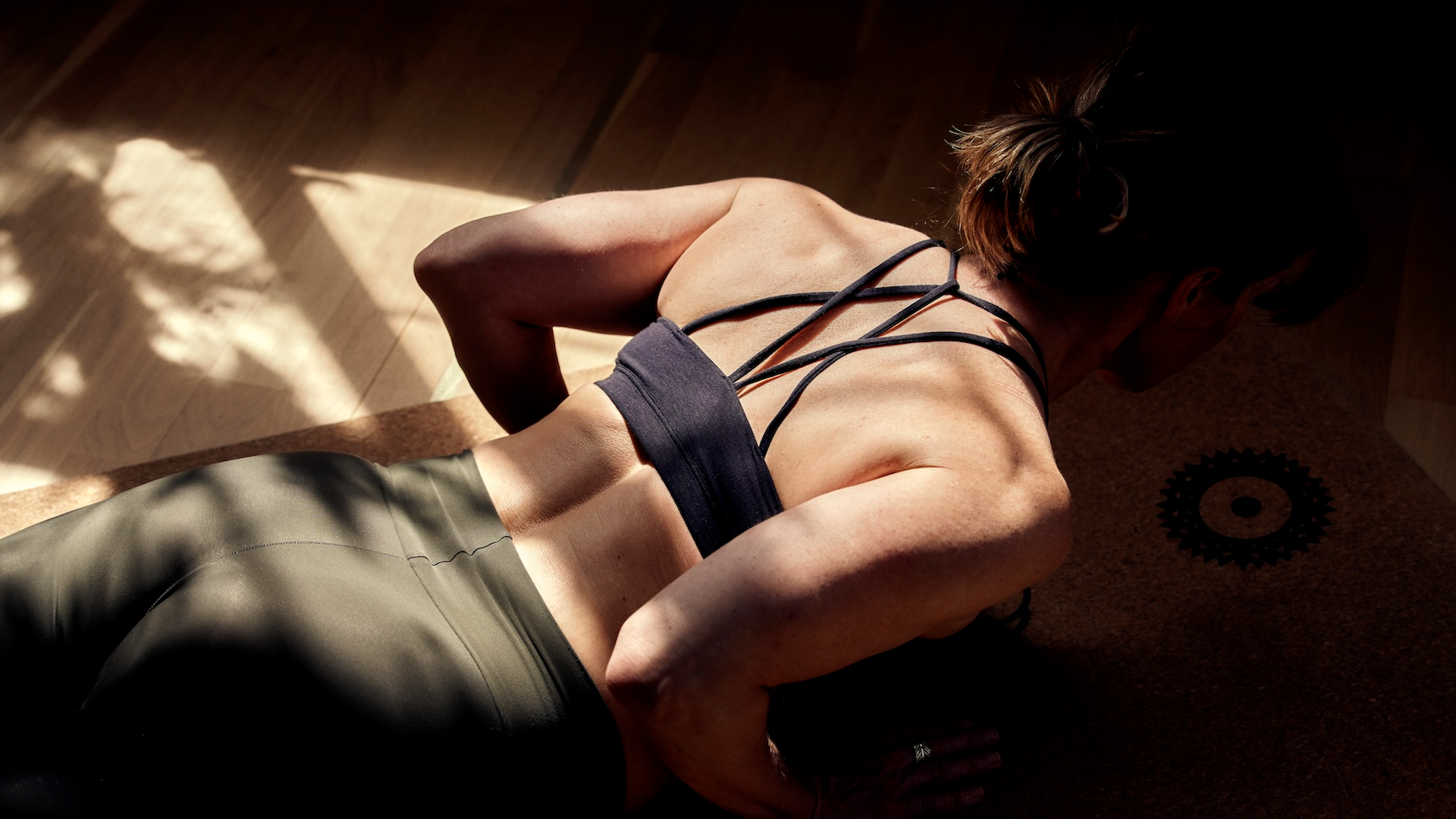
"A common misconception we see when people are starting their Pilates journey is the desire for a ‘quick fix’," notes Brett Starkowitz, Pilates trainer at Ten Health & Fitness. "While the benefits of the practice are apparent quite early into training, the commitment to feeling and moving better in the long term should never be underestimated.
"It is one of the few exercise modalities that you can see and feel through every life stage - longevity is at the heart of every move and this is what we should be striving for when working out."
Sign up to our free daily email for the latest royal and entertainment news, interesting opinion, expert advice on styling and beauty trends, and no-nonsense guides to the health and wellness questions you want answered.
Thinking it's 'just stretching'
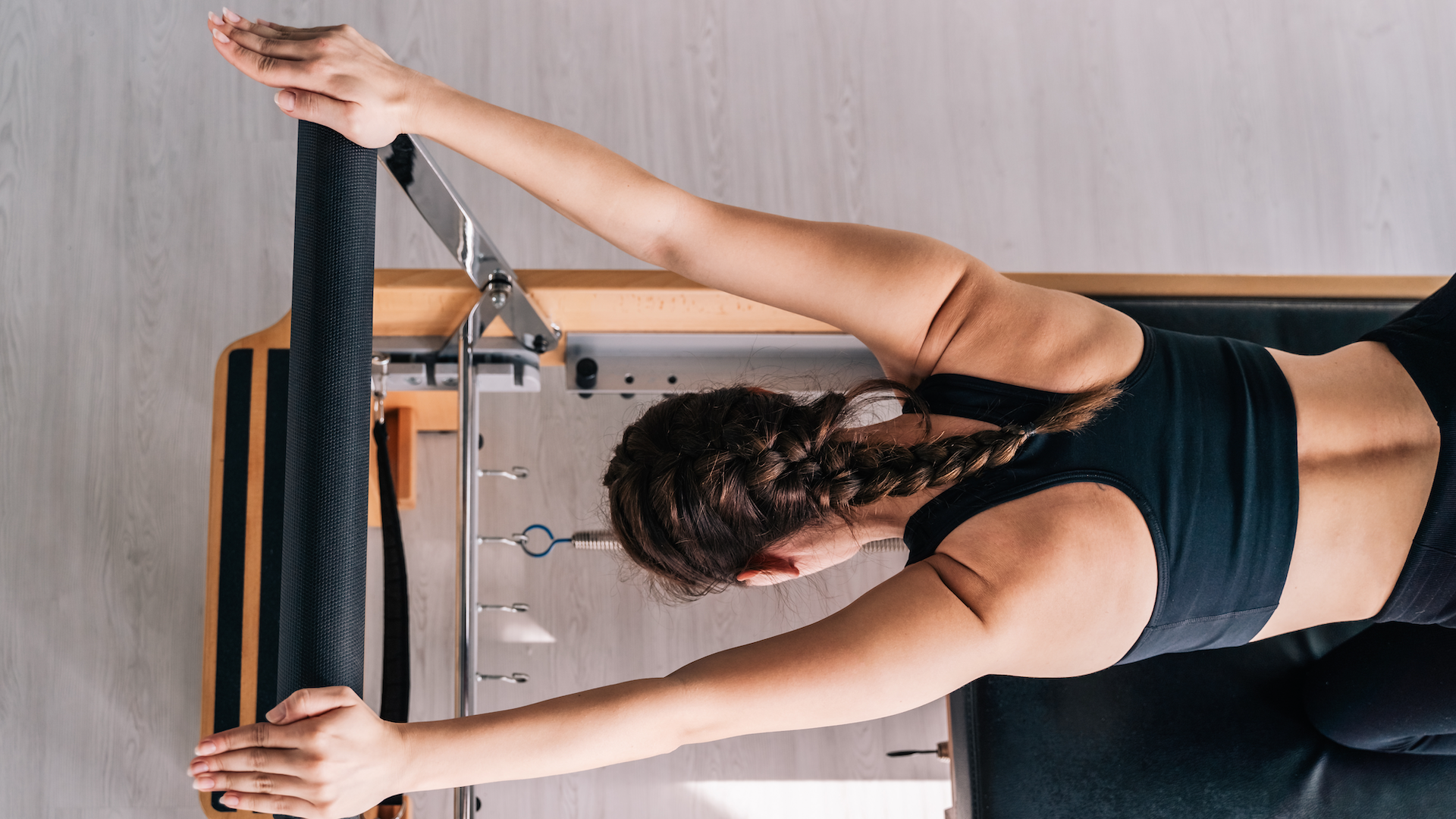
"One of the biggest mistakes I see, especially with people new to Pilates, is approaching it with a mindset of 'it’s just gentle stretching' rather than treating it as a progressive strength and movement system," shares Hollie Grant, Pilates instructor and founder of Pilates PT.
"As a result, people either don’t take it seriously or they don’t commit to doing it consistently. But, when taught and practised correctly, it can be incredibly powerful."
Not being consistent
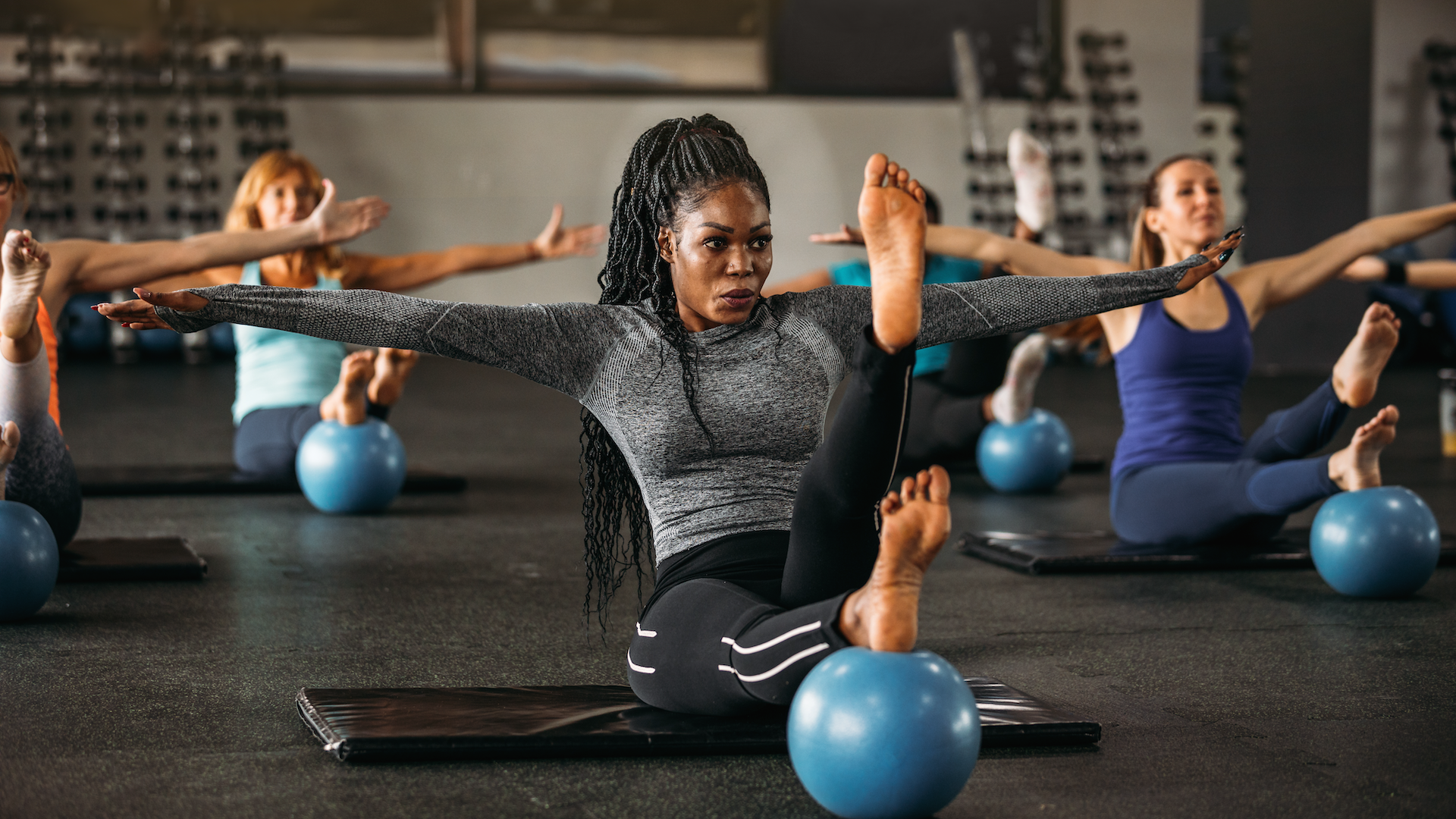
"Pilates, like any transformative practice, needs to be done regularly in order for you to see and feel real results," insists Yvette McGaffin, Pilates instructor and co-founder of Reform RX. "I recommend scheduling in three short sessions a week instead of one long one, because consistency beats intensity. Even 20-minute sessions, three times a week, are more beneficial than a single longer session once a week."
Skipping the warm-up
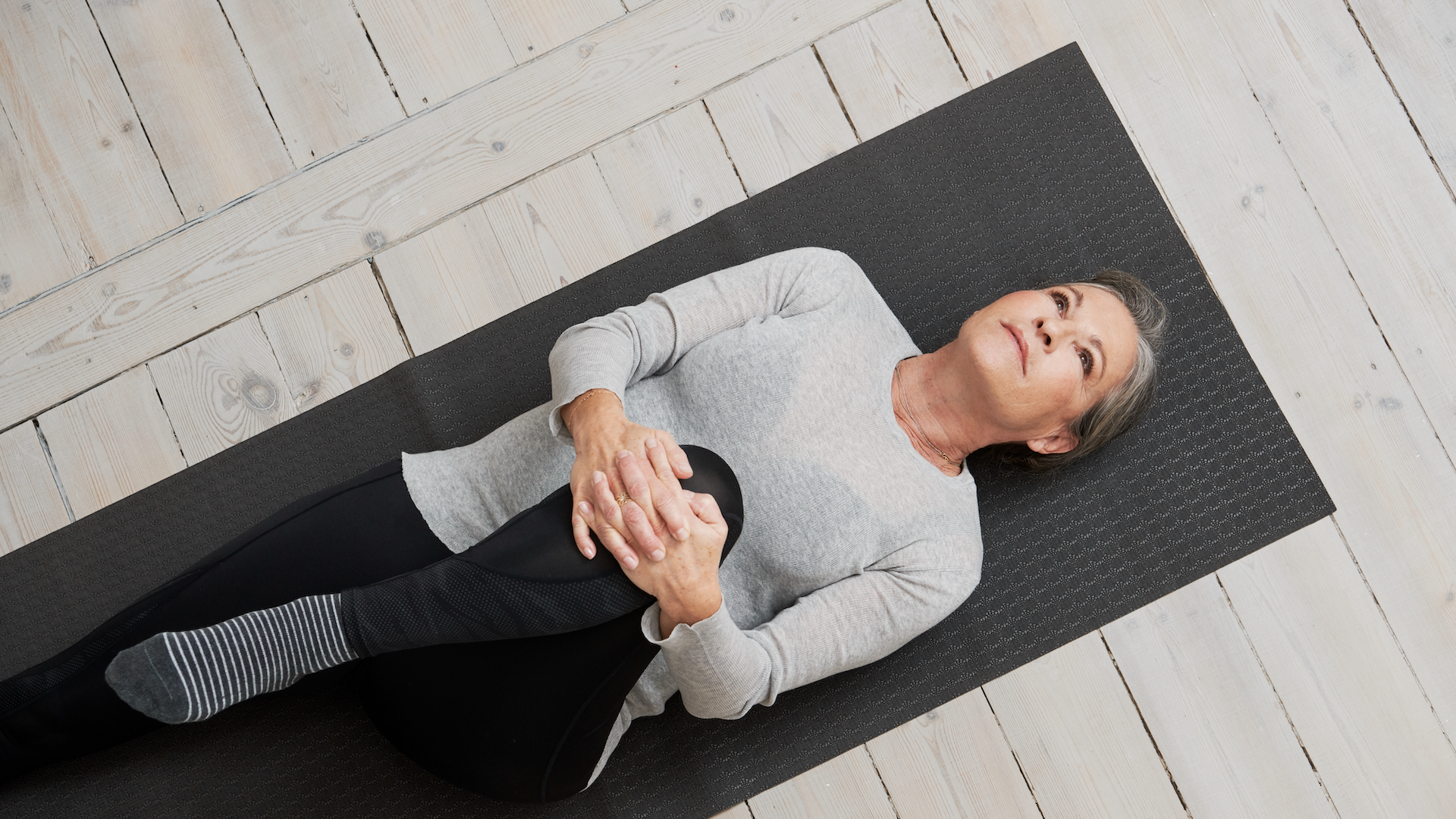
"Jumping straight into a Pilates workout without warming up can lead to muscle strain or injury," warns Catie Miller, a Pilates instructor and founder of Barre Series. "A proper warm-up increases circulation, activates key muscles and prepares your joints for the movements ahead.
"If you're training at home, dedicate at least three to five minutes to dynamic stretches and light movements to ease your body into the session."
Gone to a class? The instructor should factor this in.
Holding your breath
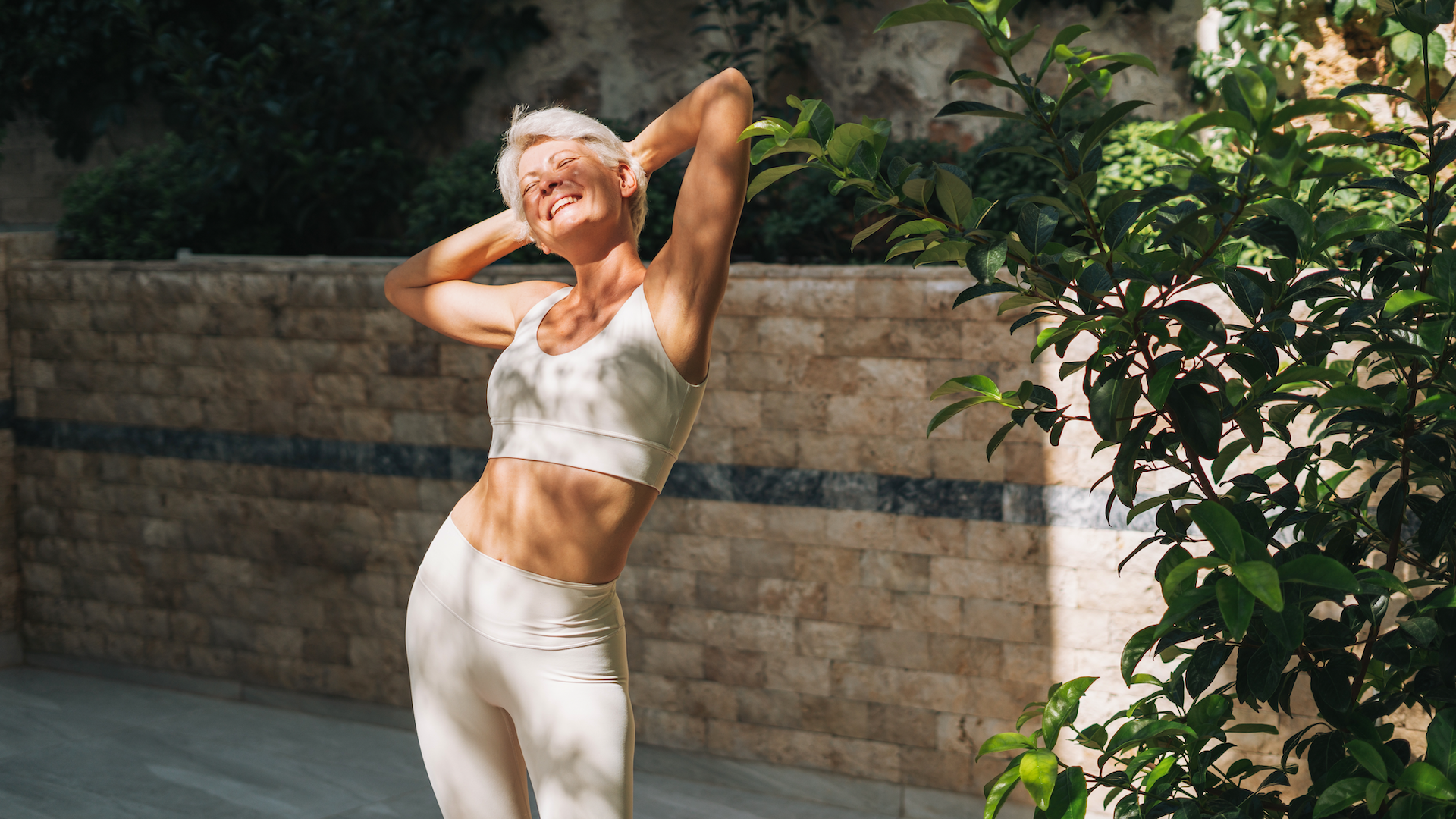
"It’s easy to forget to breathe when focusing on precise movements, but holding your breath reduces oxygen flow to your muscles and can make exercises feel more strenuous," reveals Pilates instructor Catie Miller.
"Instead, practice controlled breathing by exhaling during the effort phase and inhaling during recovery. Deep, rhythmic breaths also help you stay centred and improve performance."
Forgetting good form
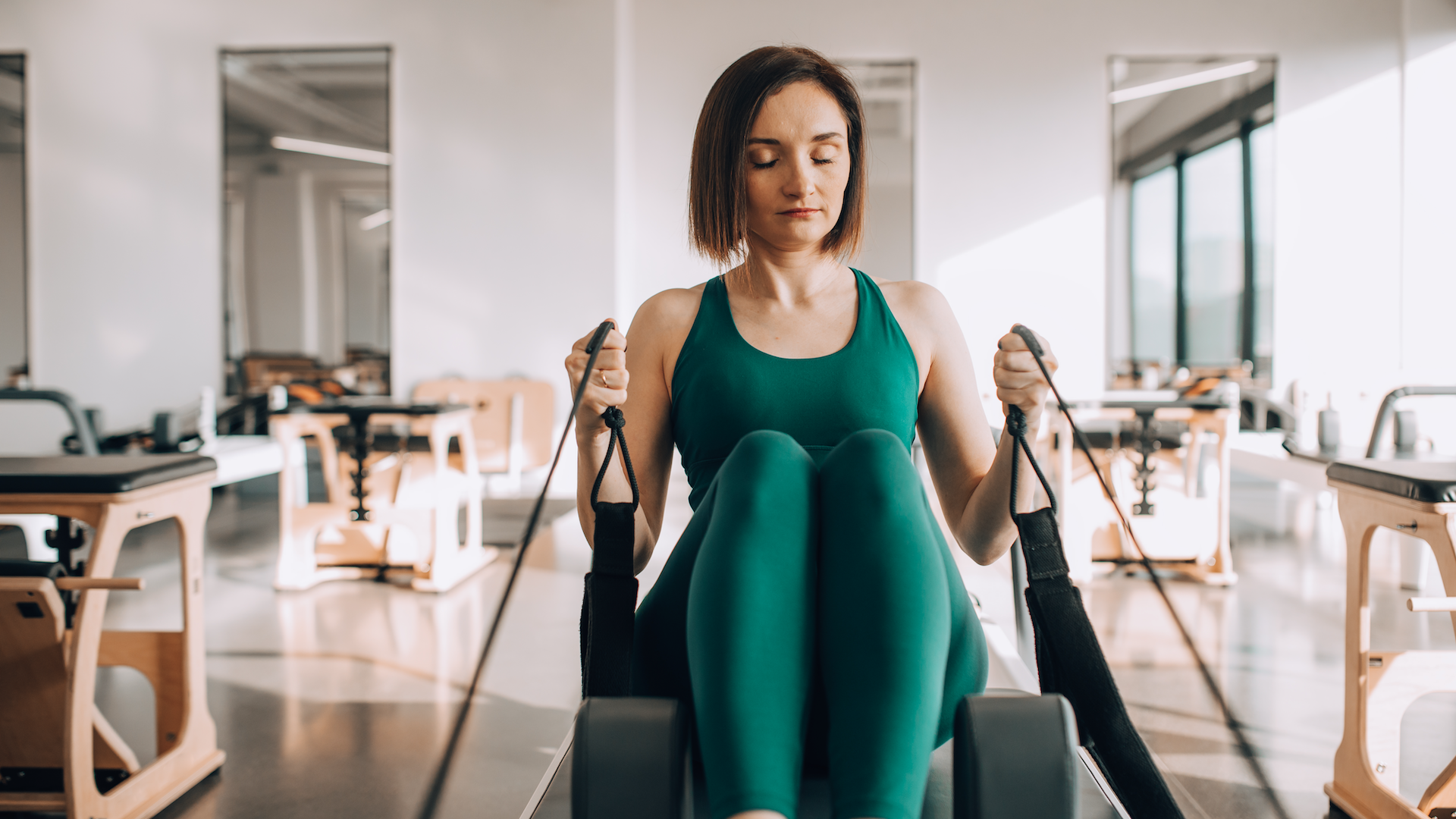
"Sacrificing form for speed is a common mistake, but it is the cornerstone of an effective Pilates workout," observes Pilates instructor Catie Miller. "Moving too quickly or prioritising repetitions over alignment can diminish results and increase the risk of injury.
"Take your time to ensure correct posture and controlled movements. For instance, in a plié, focus on engaging your core and maintaining a neutral spine rather than rushing through the motion."
Unsure? Check with a professional.
Neglecting proper alignment
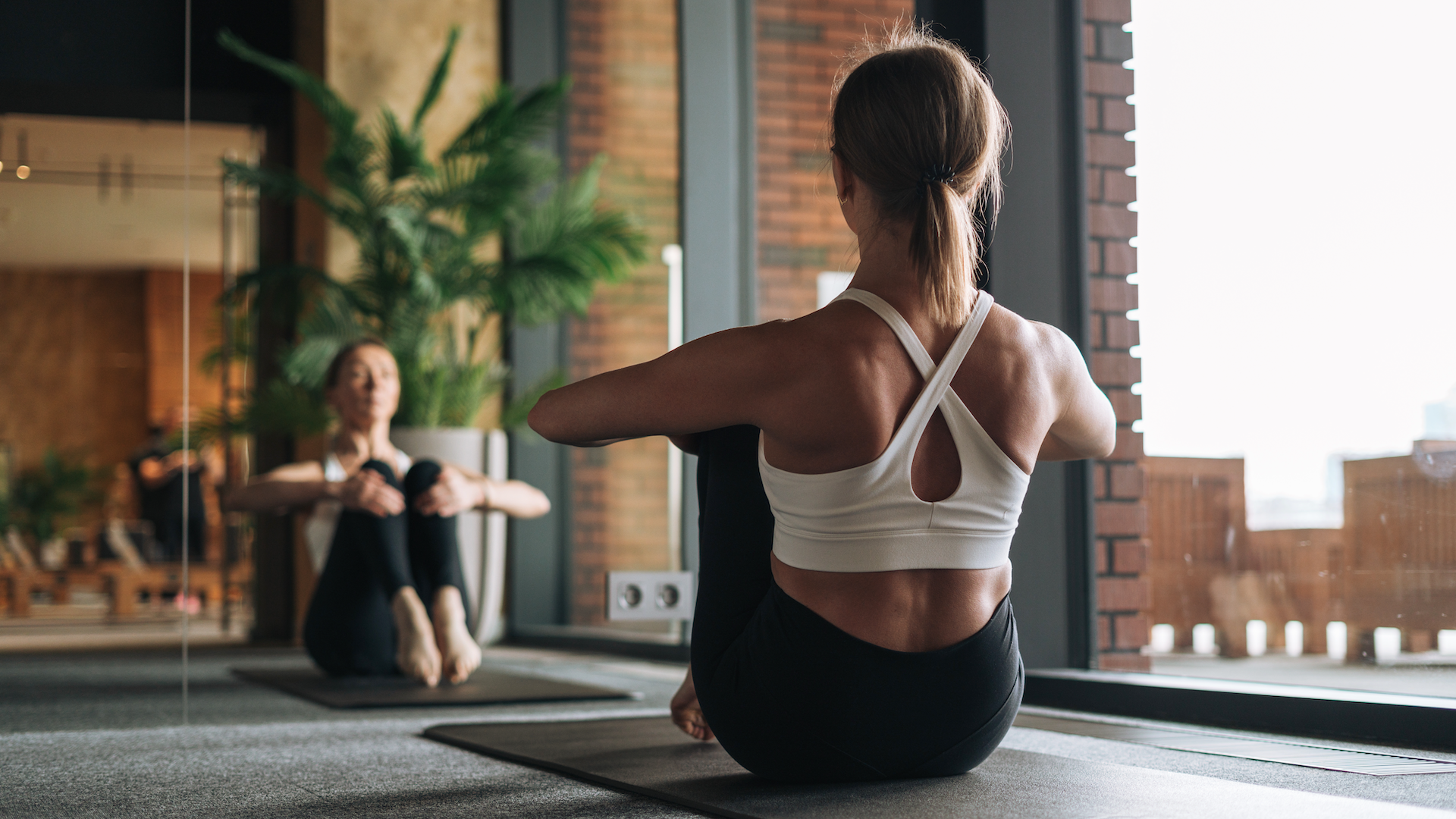
"Pilates exercises are highly detail-oriented, emphasising small, targeted movements," explains Pilates instructor Catie Miller. "Failing to maintain proper alignment - such as keeping shoulders relaxed, hips square or knees tracking over toes - can compromise the workout’s effectiveness."
She suggests, "Use mirrors or feedback from an instructor to make adjustments and stay mindful of your posture throughout the session."
Being a show off
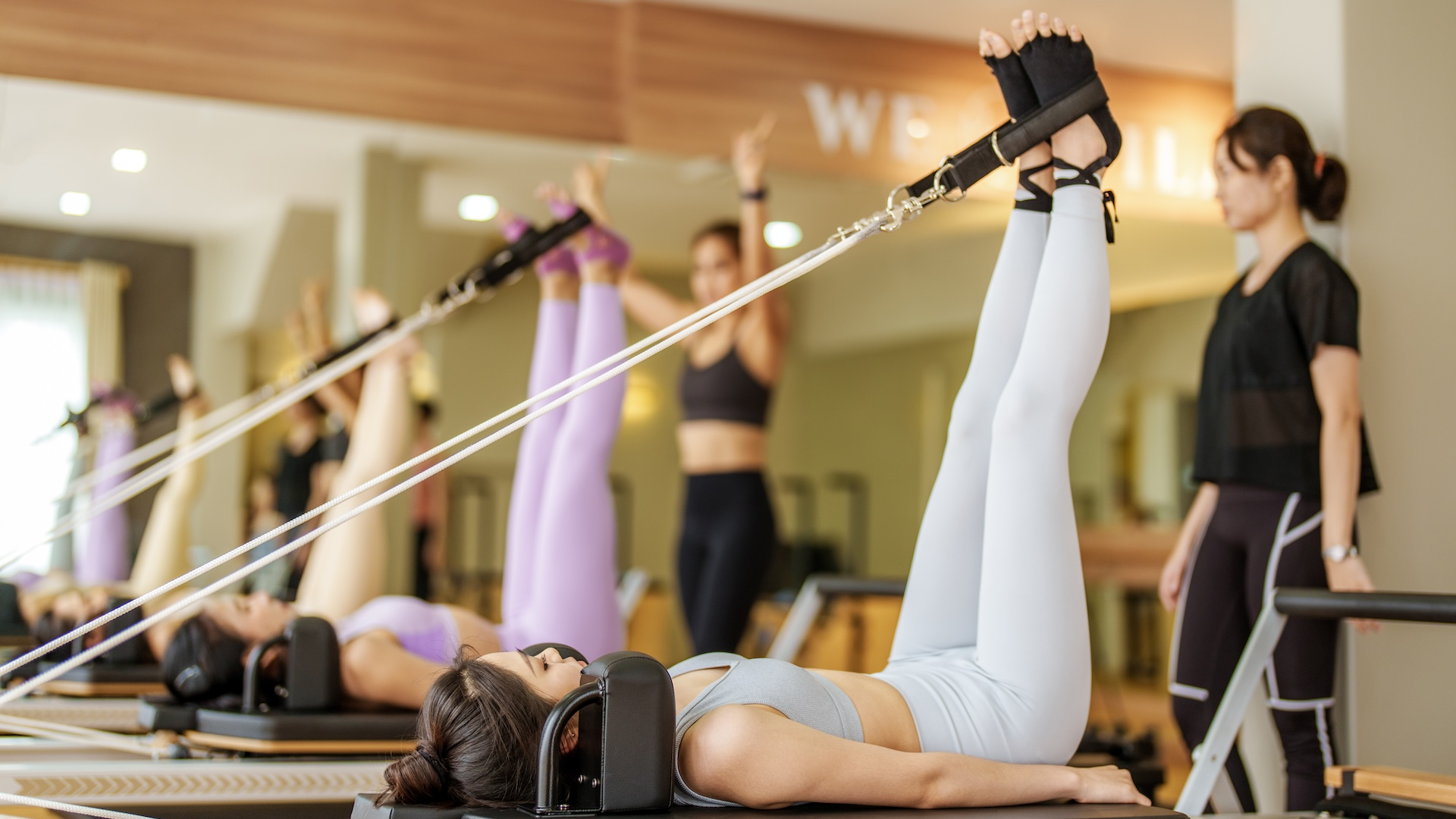
"One of the most common mistakes I see in Pilates is people prioritising big, showy movements over precise, controlled activation of the smaller, stabilising muscles," notes Pilates instructor Yvette McGaffin. "True Pilates is about mindful engagement, not just going through the motions. When you rush or rely too heavily on momentum, you lose the essence and the effectiveness of the practice."
Having the wrong attitude
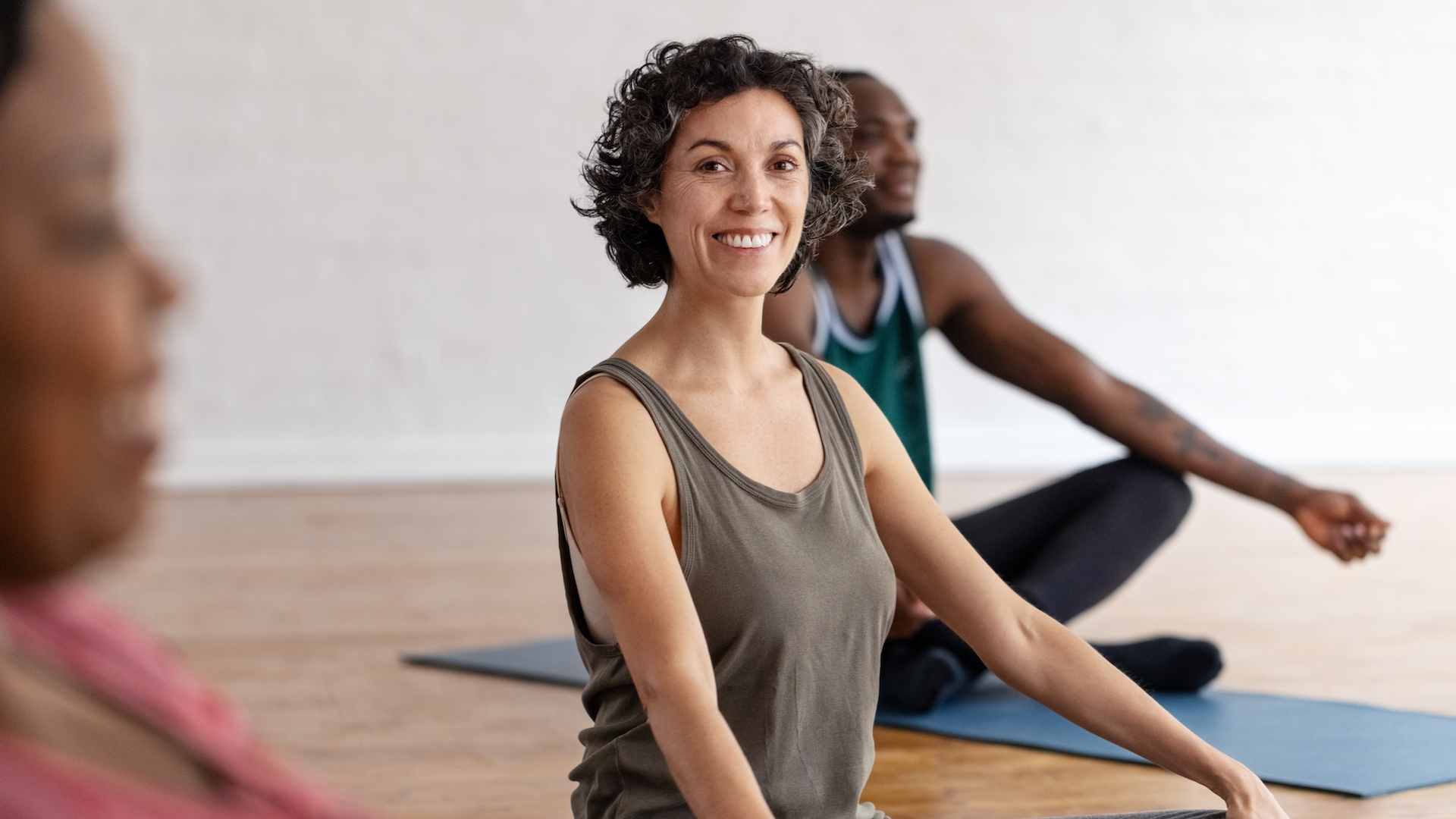
It's important to bring the right attitude to each session."Mindset matters," agrees Pilates instructor Yvette McGaffin. "Pilates isn’t about pushing harder or competing with others; it’s about building a deeper connection with your body and moving with intention."
Further still, she points out, "This is what helps people stay motivated, move smarter and ultimately live better."
Choosing the wrong class
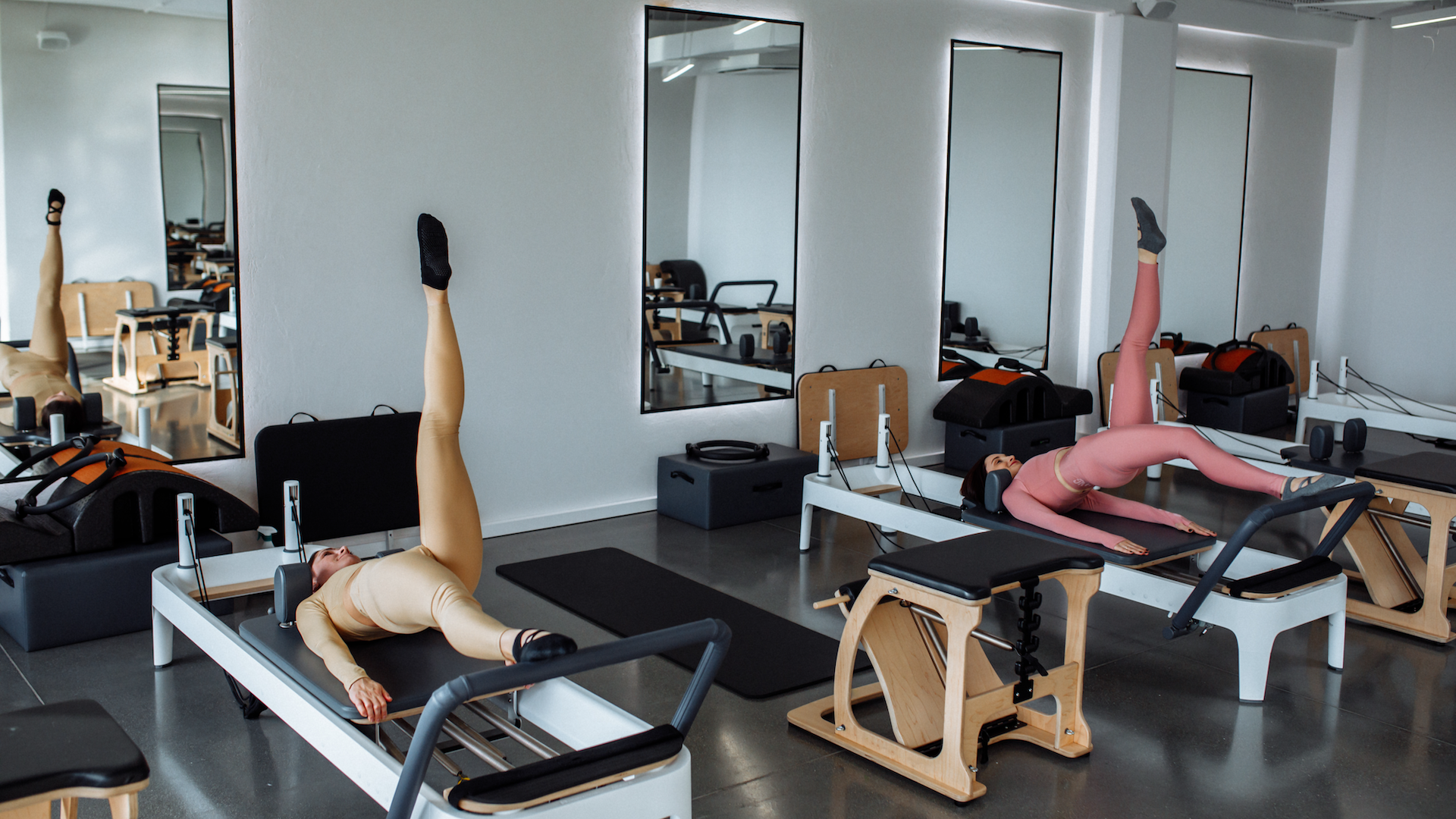
"There is often confusion with choosing the correct level of class to attend," points out Michelle D’Onofrio, director and Pilates instructor at Yatta Studio. "Even a high level of physical fitness is not an automatic ticket to advanced classes, and reformer Pilates is often slow and controlled, intentional and mindful movement.
"Don’t be deterred if you struggle with exercises within a class," she adds. Indeed, if you take your time, you will experience progress before you know it.
Misidentifying your core
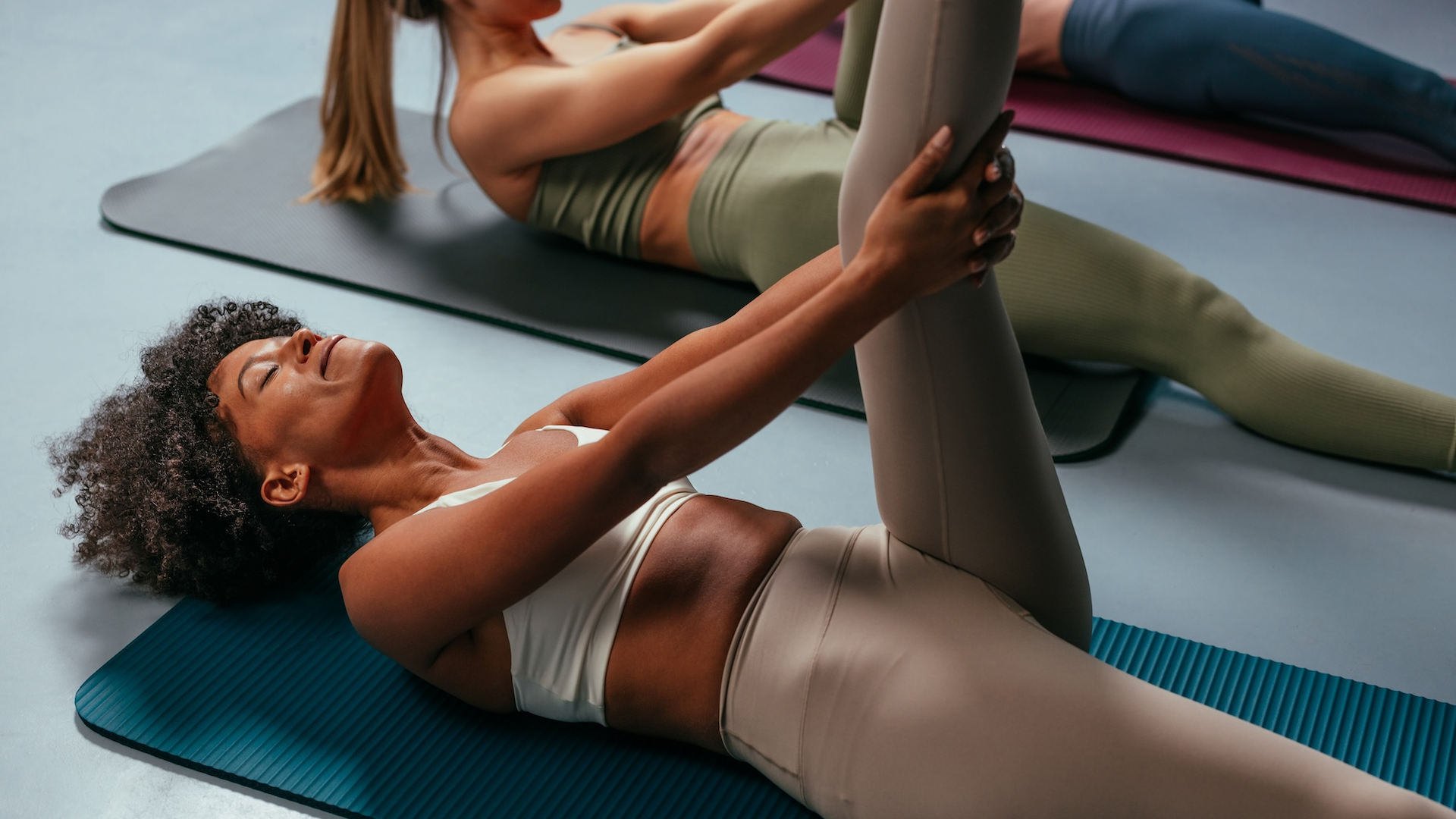
"Many people don't understand what their core actually is," notes Rebecca Dadoun, Pilates instructor and founder of Pilates Prescription. "They think that it is only the abdominal muscles, but, in reality, it's a system of muscles working together.
"Think of your core as a cylinder: abdominal muscles in front, spinal muscles in back, pelvic floor at the bottom and diaphragm at the top to simplify it. Developing a strong core requires focusing on all these components."
Not engaging your abs

"Proper technique involves engaging your abdominals, as you perform lateral breathing, with each exhale," explains Pilates instructor Rebecca Dadoun. "A helpful cue is to imagine drawing your navel towards your spine while simultaneously sending your lowest rib towards your pelvis.
"Mastering your breath in this way is key to core engagement, safe movement, maintaining the right movement speed and reaping the mindfulness benefits of the practice."
Dismissing the importance of stability
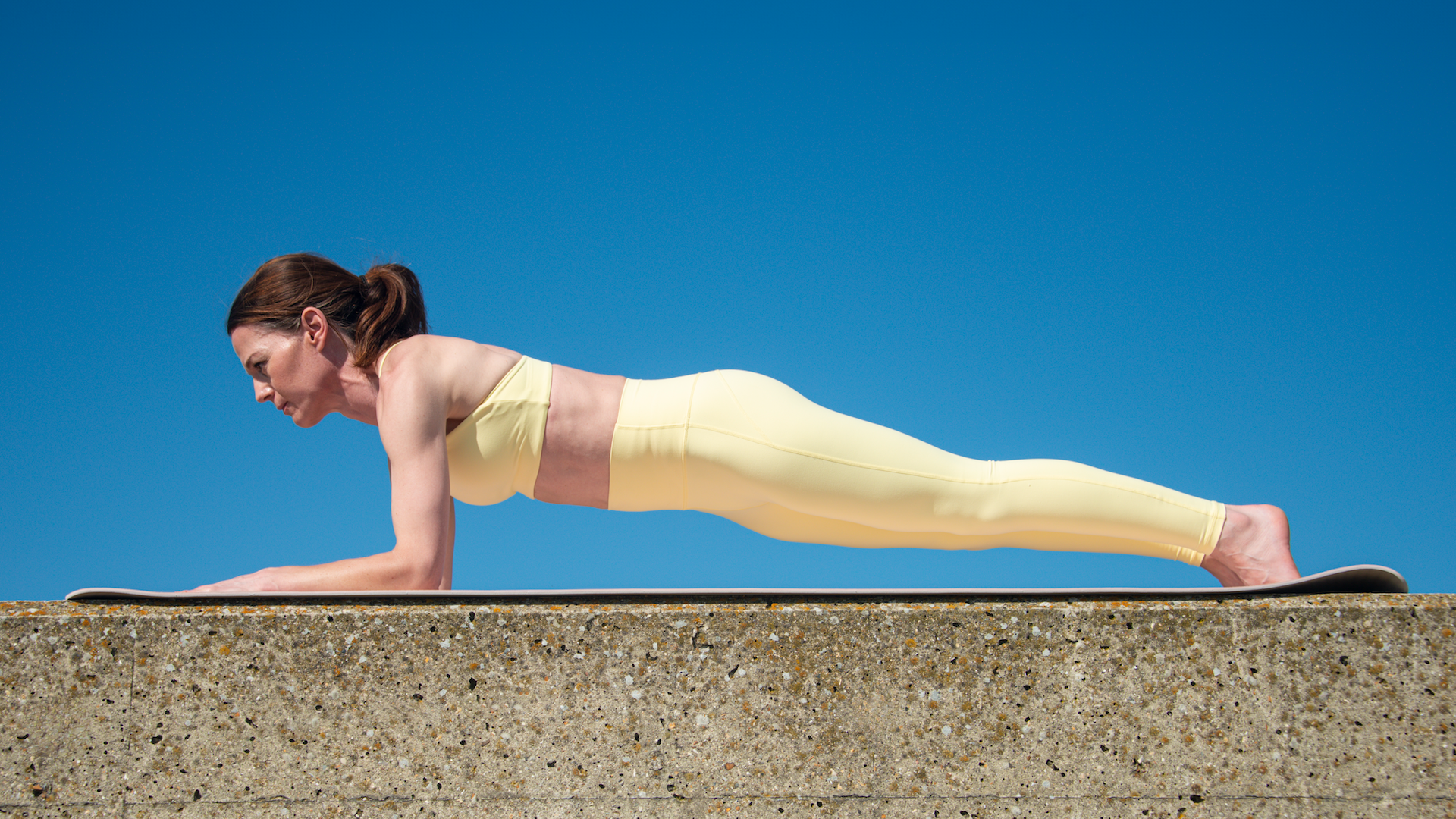
"Understanding which parts of your body should stay still and which should be moving is essential for proper form," says Pilates instructor Rebecca Dadoun. "Most Pilates exercises are performed with a neutral pelvis, meaning in your practice you should be stabilising certain areas while moving others.
"For instance, in a four-point kneeling position lifting your leg to tabletop, your torso and spine should remain still while only your hip joint moves - a common mistake is allowing unnecessary movement, such as arching the back into a 'banana shape' during the leg lift, bending the elbows or tipping the head back."
Not setting goals
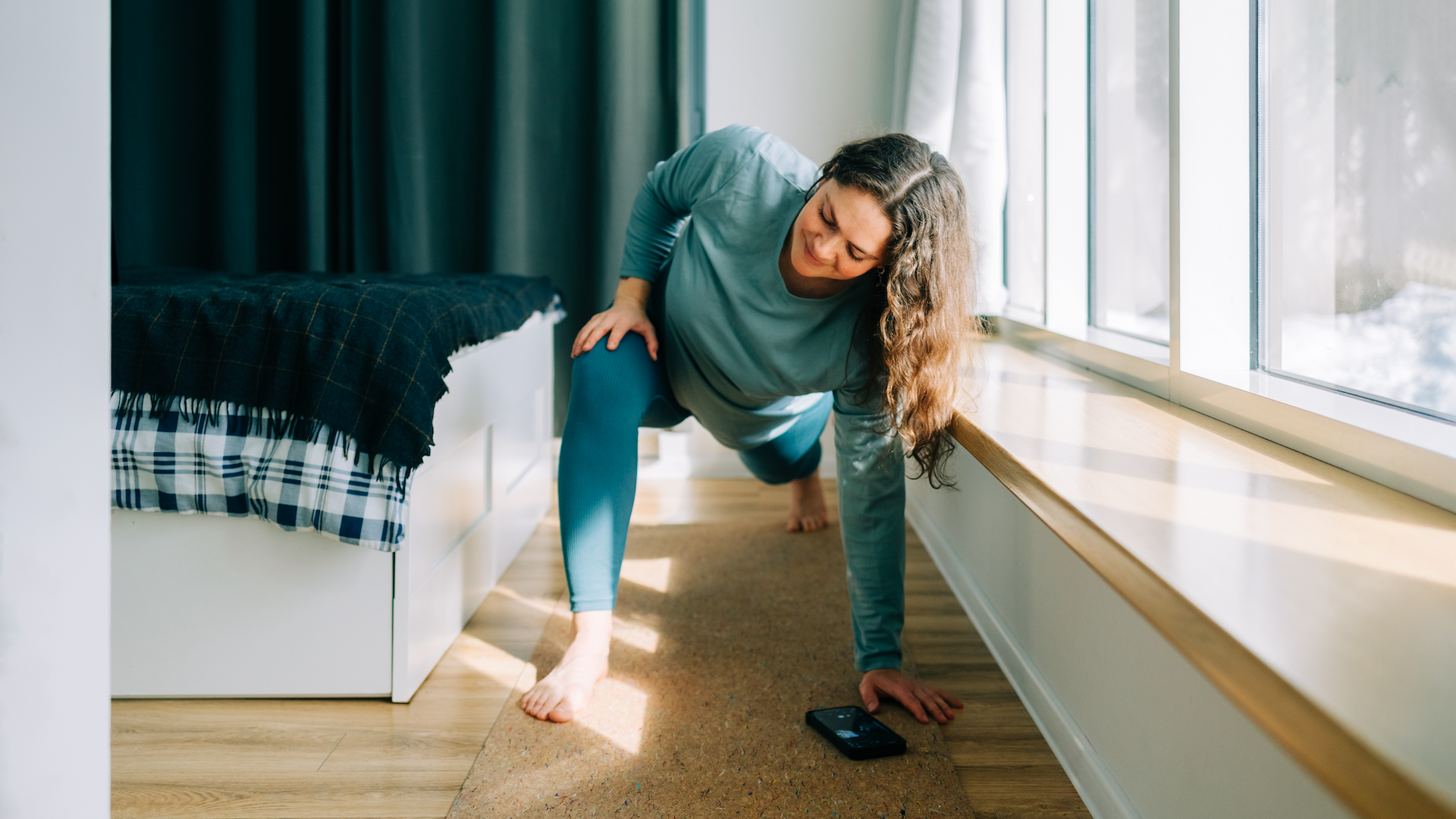
"In my experience, one of the reasons I see people fall out of love with Pilates or not see the desired results is because they aren't specific about their goals," says Fiona Kavanagh, a Pilates instructor. “Aims like 'losing weight, toning up and feeling good about myself' may sound all well and good, but they are actually pretty vague. It’s all about specificity."
As such, get to the bottom of exactly what you want to get out of stepping on the mat or reformer.
Forgetting your 'why'
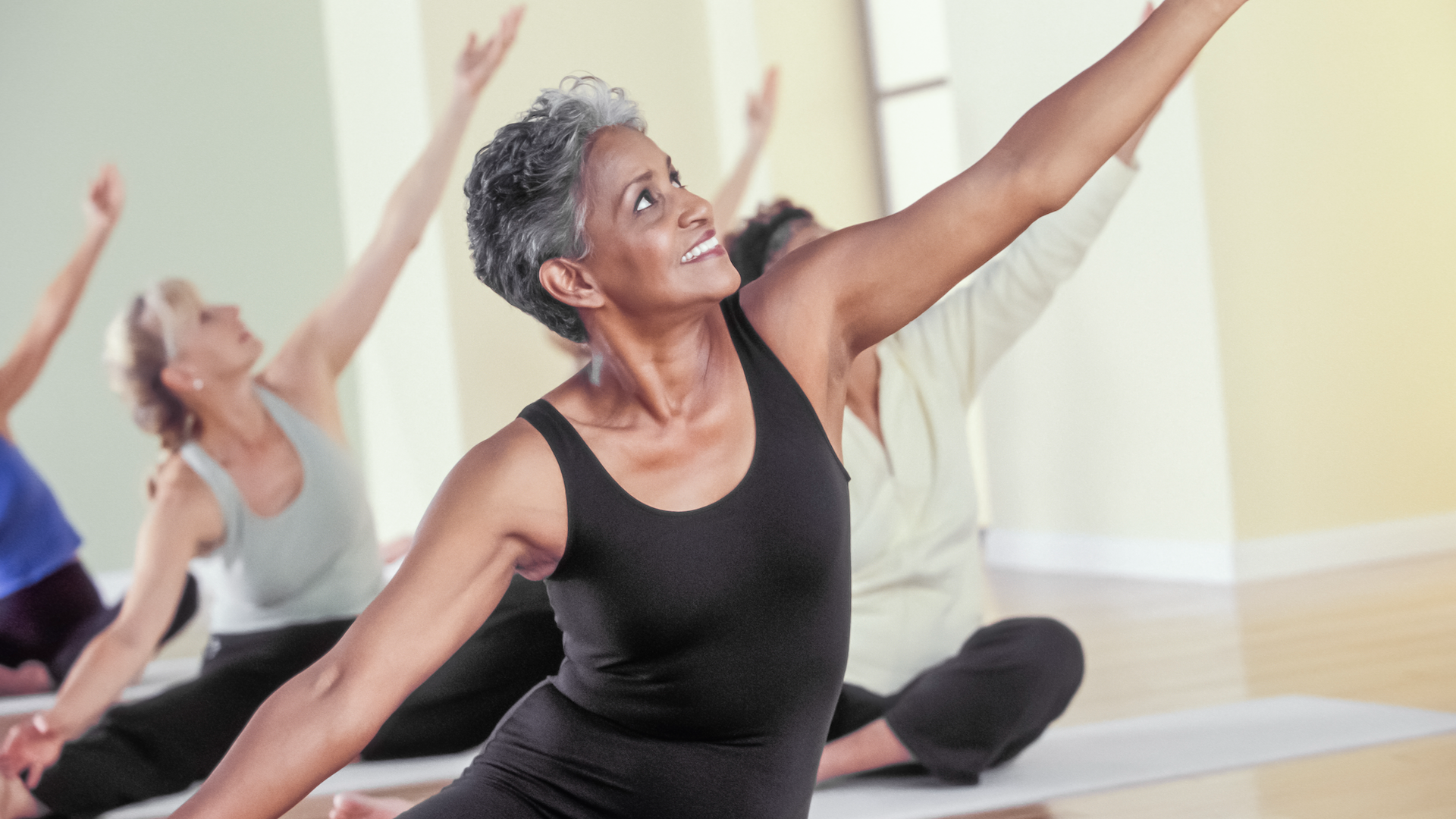
"Being specific about your goal is where we start, but we then need to attach an emotional reason to why we are doing Pilates," says Pilates instructor Fiona Kavanagh. "For example, I always used to be conscious of my mid-section, so when I started to train my reason for getting in shape was never wanting to hide my body again.
"Find your 'why' and that is what will keep you going on days where motivation is lacking."
Swerving professional guidance
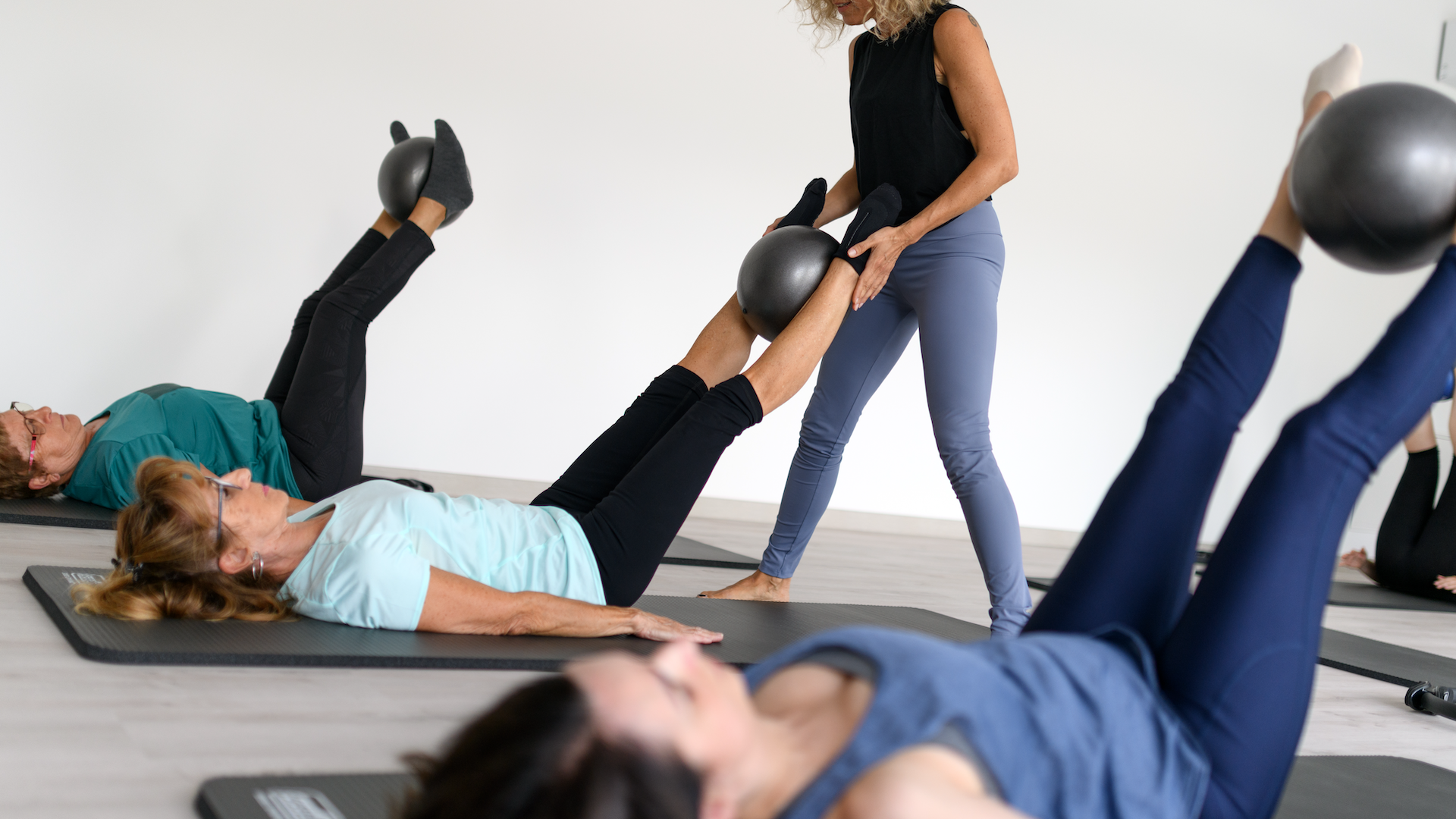
Seek expert help where possible. "If you’re in a group setting, for example, I would ask your favourite teacher if they have 15 minutes for you at the beginning or start of a class," suggests instructor Fiona Kavanagh. "They can make recommendations based on your goals and you can take action. If you don’t tell us, we can’t help you."
Better still, if you can afford it, book in for a one-to-one session so you have a trainer's full attention throughout.
Training at the wrong level
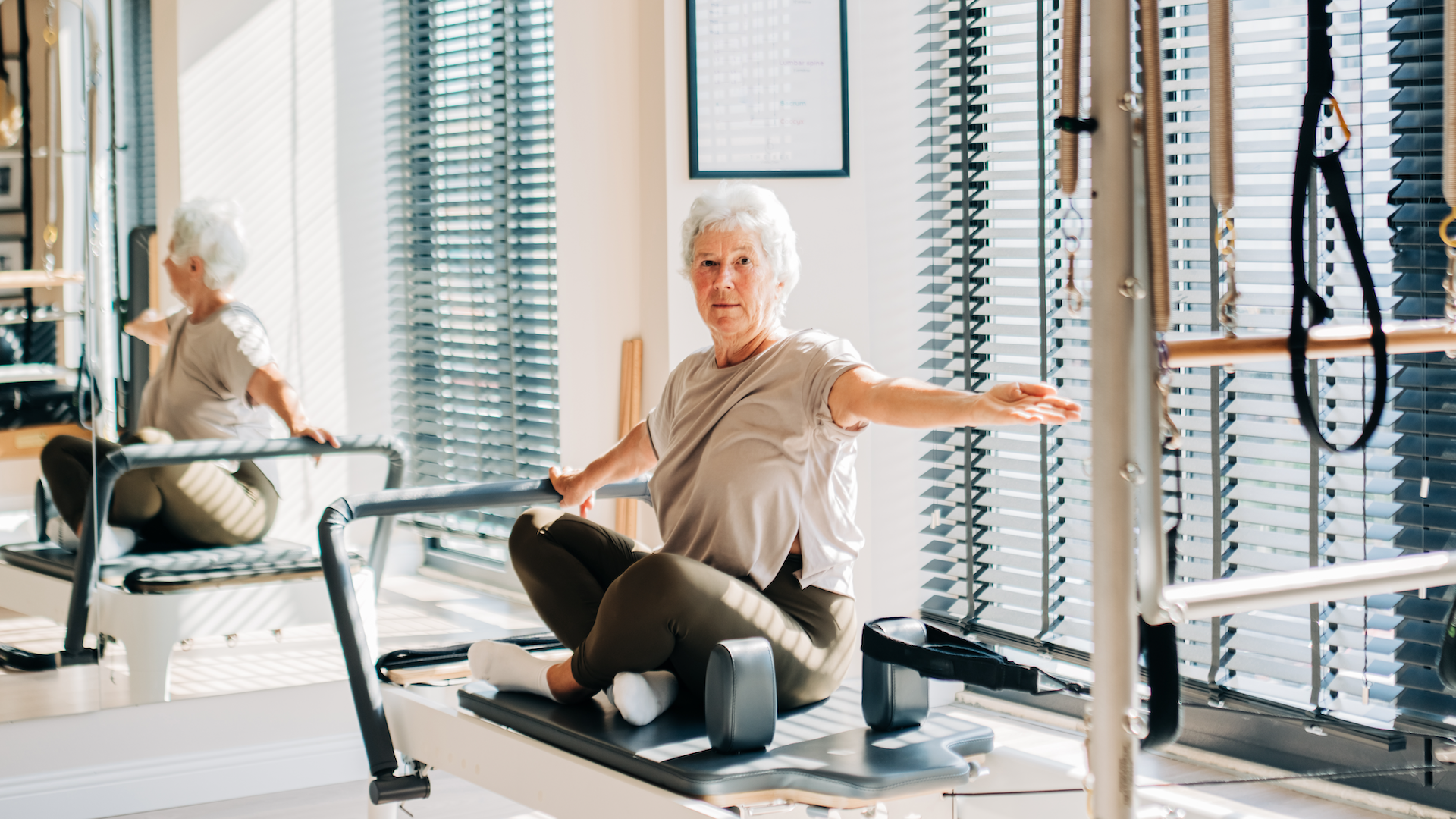
"One common Pilates mistake I see is sacrificing form because you’re not working to the correct level," shares Tara Riley, a Pilates trainer and founder of the Tara Riley Method, of listening to your body when an instructor shares easier and harder options for a move.
"It’s important to build up slowly - this will help ensure you are maintaining correct form and that you will be able to continue this when you increase the reps or move to a more advanced variation of an exercise."
Going for quantity over quality
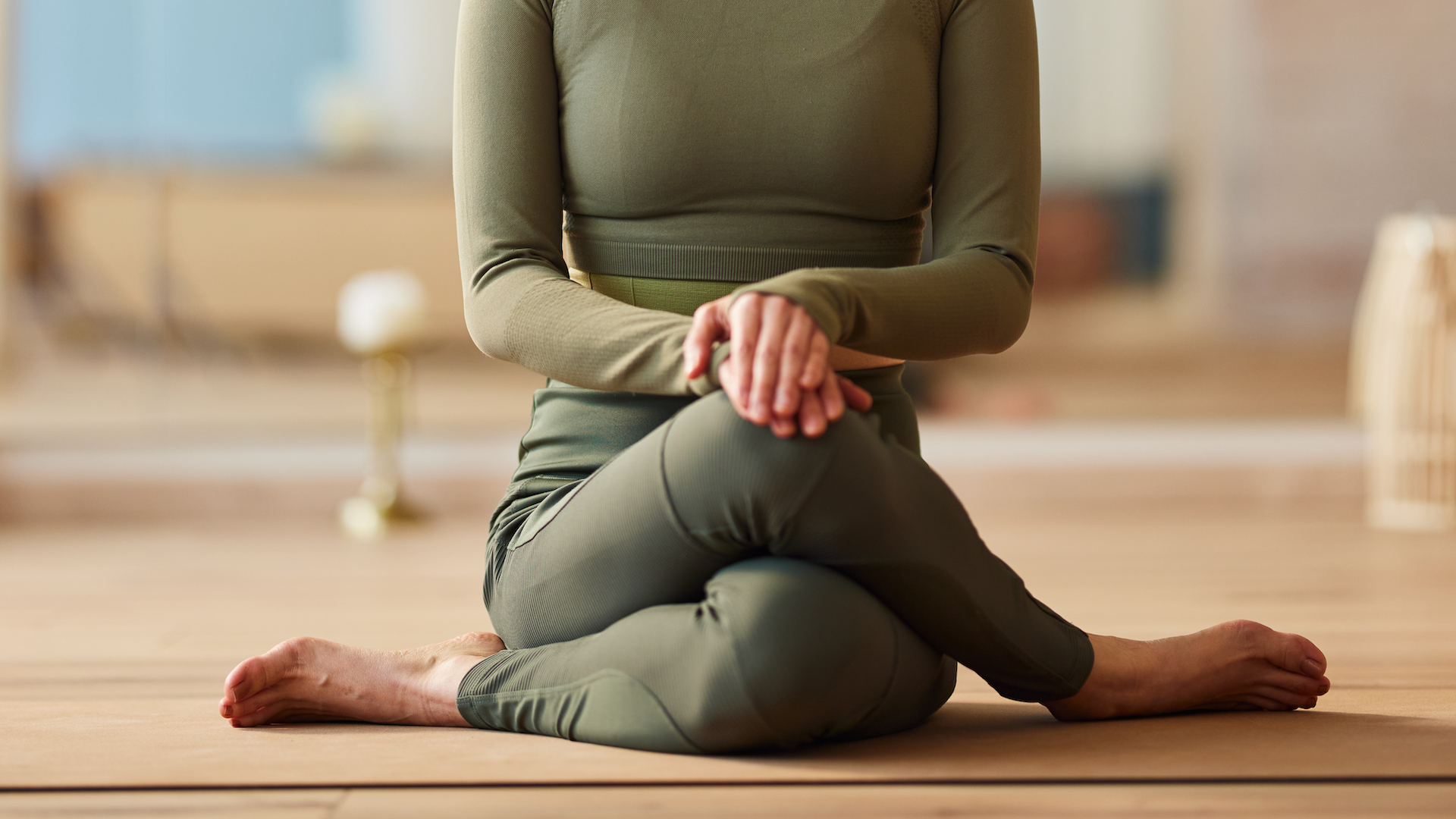
"Emphasising quality over quantity of each movement ensures long-term success and safer practice," insists Rikke Larsen, Pilates instructor and founder of Loving Pilates, of how you want to make each rep count.
"Skipping over the basics - like proper core engagement, neutral spine and controlled breathing - can result in compensatory patterns, poor form, and even strain or injury. Foundational exercises may seem simple, but they build the essential body awareness and strength that more complex movements rely on."
Rushing through movements

Slow and steady wins the race when it comes to Pilates. "The most common mistake I see is people rushing through the movements without proper control or connection to their breath," says Paola di Lanzo, Pilates instructor and founder of Paola's Body Barre.
"Pilates is all about precision, alignment and mindful engagement of the core, not just ticking off reps. When you move too quickly or without real focus, you lose the true benefits of the method - and you risk putting strain on the wrong muscles."
Having the wrong gaze
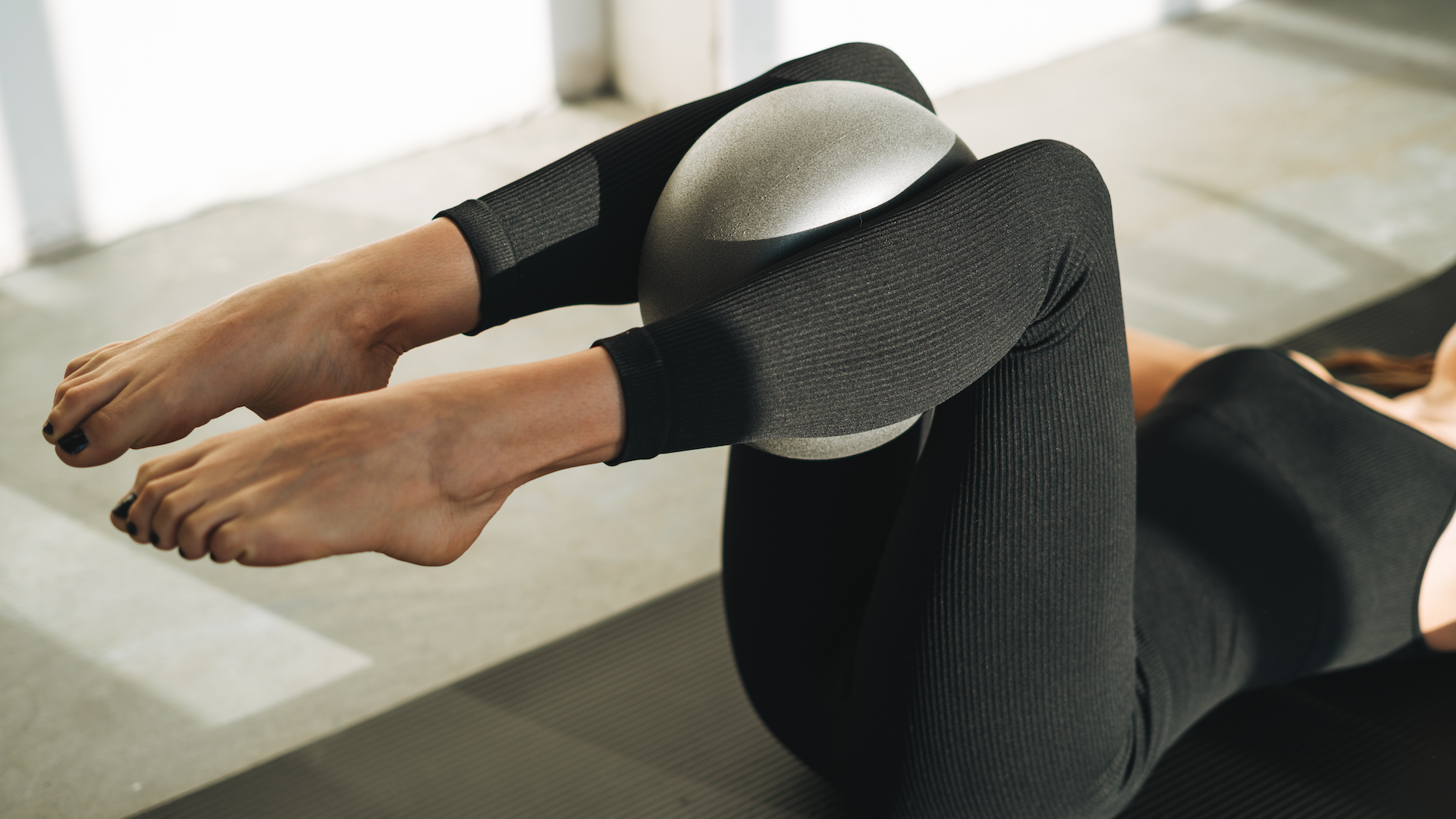
"A common mistake is forgetting to cue your eye line in exercises like 'the hundred', where head and shoulders are lifted - you want to think about the direction of the gaze," says Pilates instructor Rikke Larsen.
"Looking up toward the ceiling can cause the neck to strain and the ribcage to pop up, disengaging the abdominals. Instead, cueing the eyes to look towards the belly button naturally encourages the ribcage to soften and drop, allowing deeper engagement of the core muscles."
Believing Pilates isn't for you
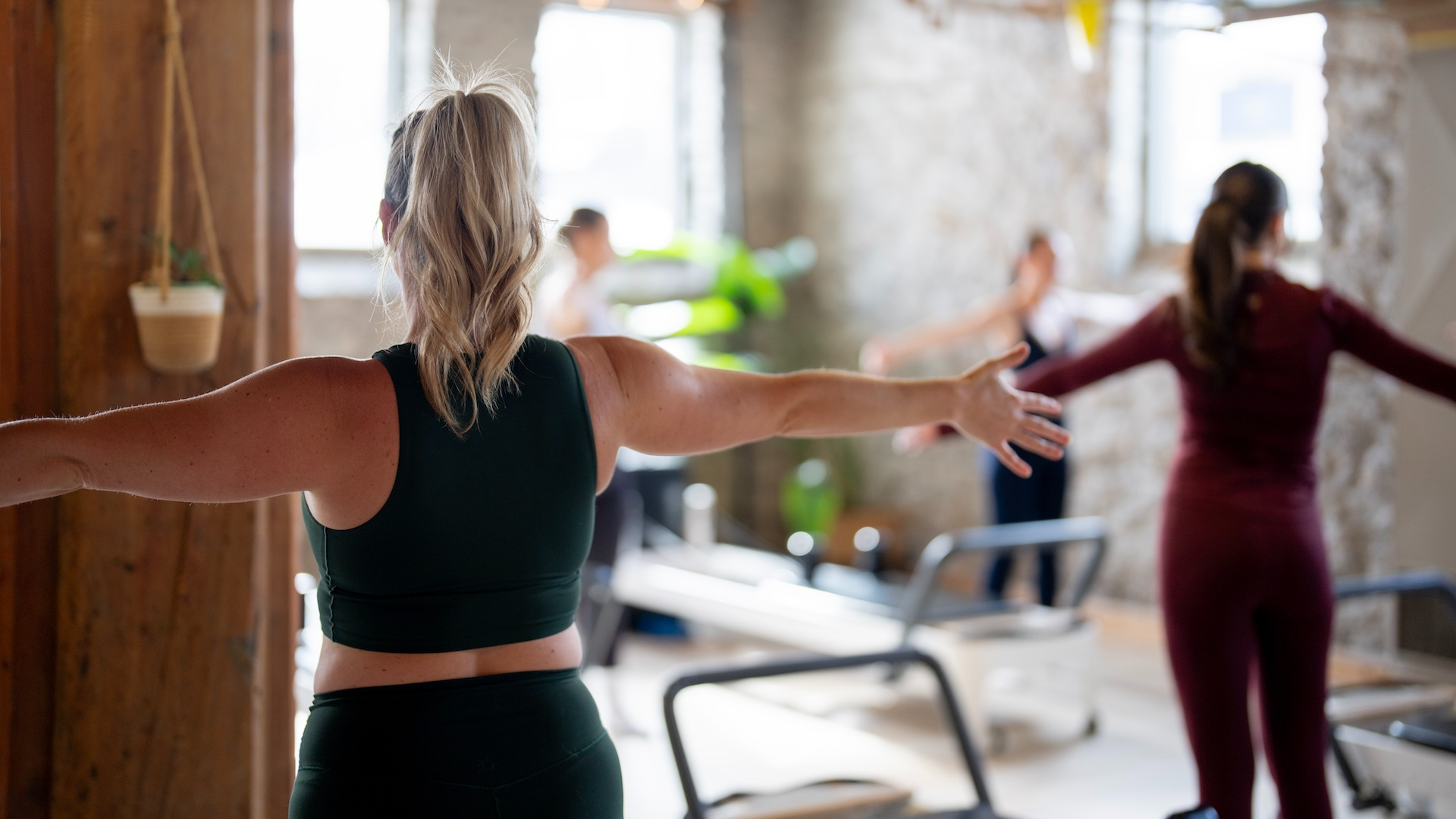
"One of the biggest myths I still hear is 'I’d love to try Pilates, but I’m not fit enough' or 'I’m too stiff, I’ll start once I’ve stretched out a bit more'," says Amy Kellow, a Pilates instructor and founder of Everybody Pilates.
"Let’s clear this up: you don’t need to be flexible, fit or experienced to do Pilates. Whether you’re a total beginner, coming back after a break, recovering from injury or are simply curious, there’s a place for you."
Not practicing patience
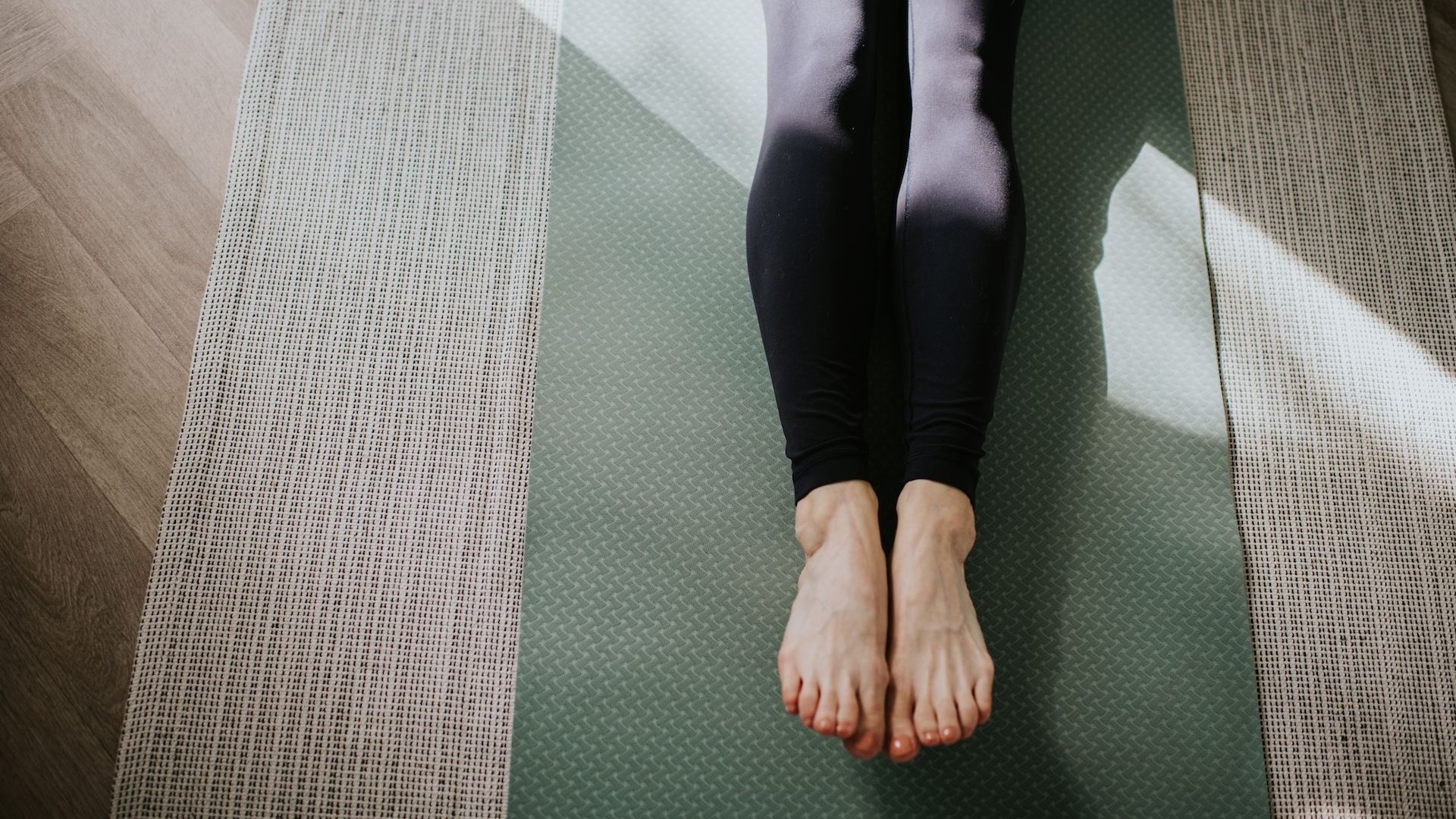
"People often see Pilates instructors performing advanced exercises or flowing through beautiful sequences and assume that’s where they need to be to join a class - but what you don’t see is the years of practice, patience and often very humble beginnings behind those movements," points out instructor Amy Kellow.
"The truth? Most of us start with the basics - learning how to breathe properly, how to stand in alignment, how to find and activate our core. These are the foundations, and they’re just as important as anything fancy you’ll see on Instagram."
Getting distracted by your appearance
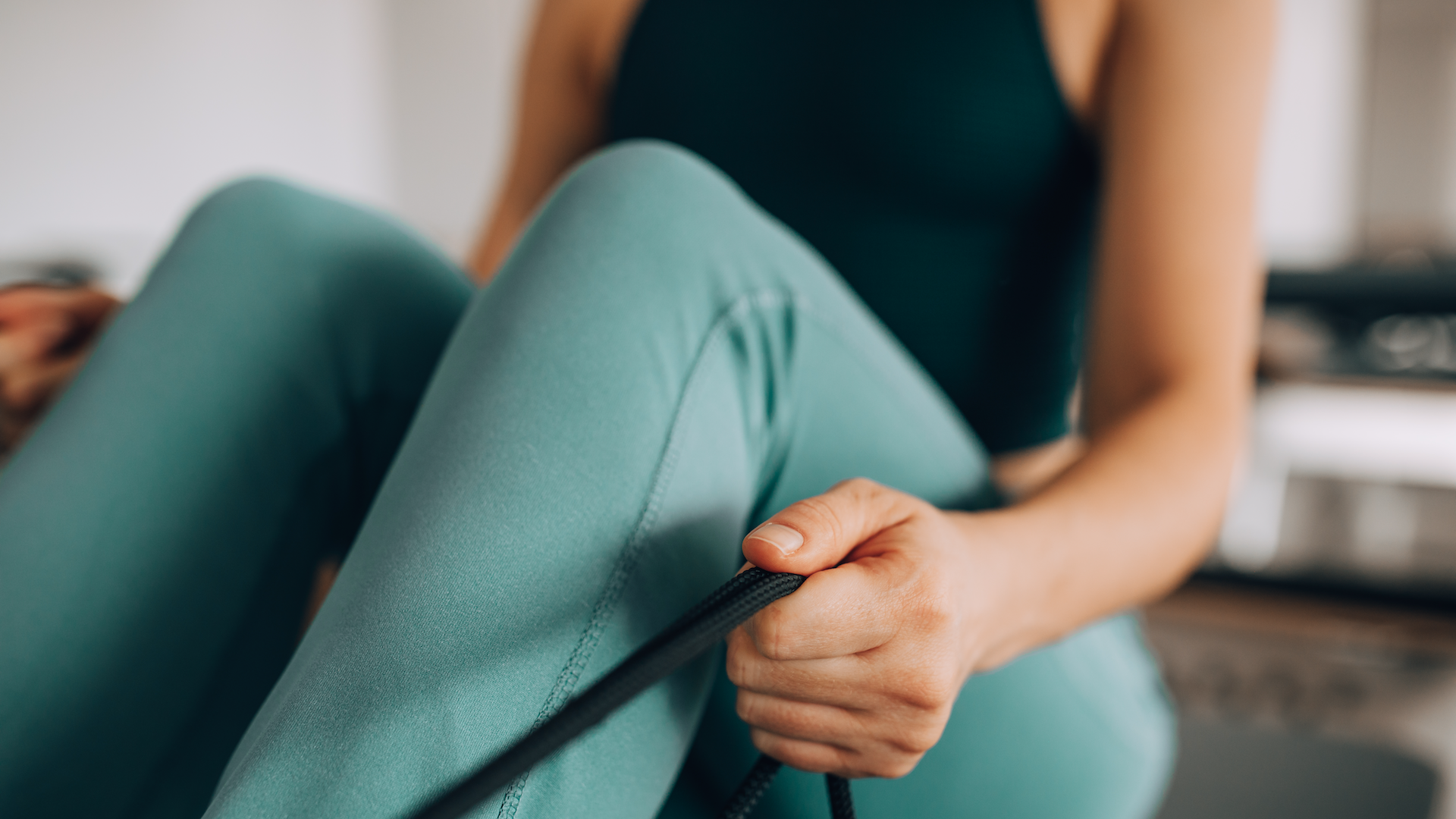
"It's not about 'looking the part'," insists Pilates instructor Amy Kellow. "I’m passionate about dispelling the idea that Pilates is only for a certain type of body or needing to wear matching activewear or being able to touch your toes.
"Pilates is about functional movement, strength from the inside out and building a relationship with your body that’s grounded in respect, not 'perfection'."
Putting Pilates in a box
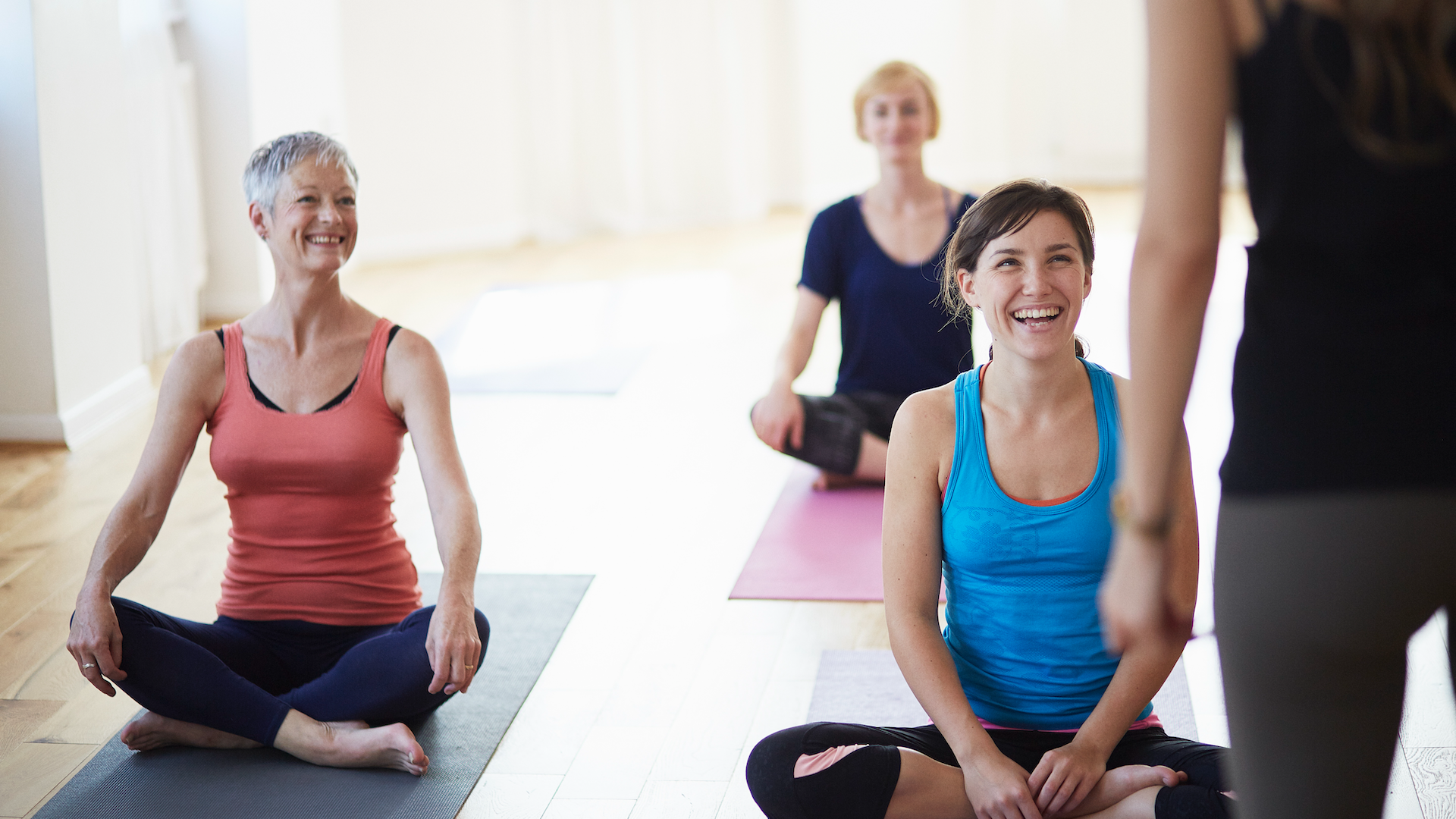
"Until the advent of reformer Pilates, many people were unaware that there is any place other than a mat to practice this exercise," says Dinah Siman, a Pilates instructor specialising in menopause.
"It’s important to understand that there are different types and styles of Pilates, and one size does not fit all. In fact, that is the original premise of Pilates as a method - it is meant to be tailored to the individual."
Going through the motions

"Anything worth doing requires effort - and Pilates is no different," points out Pilates instructor Dinah Siman. "We have to be involved in the process, feel the movements and understand what we are doing - it's no good just going through the motions. A teacher will give you the feedback to enable you to recognise that you’re progressing and getting the technique - it’s a new concept and takes time."
Focusing on the wrong things
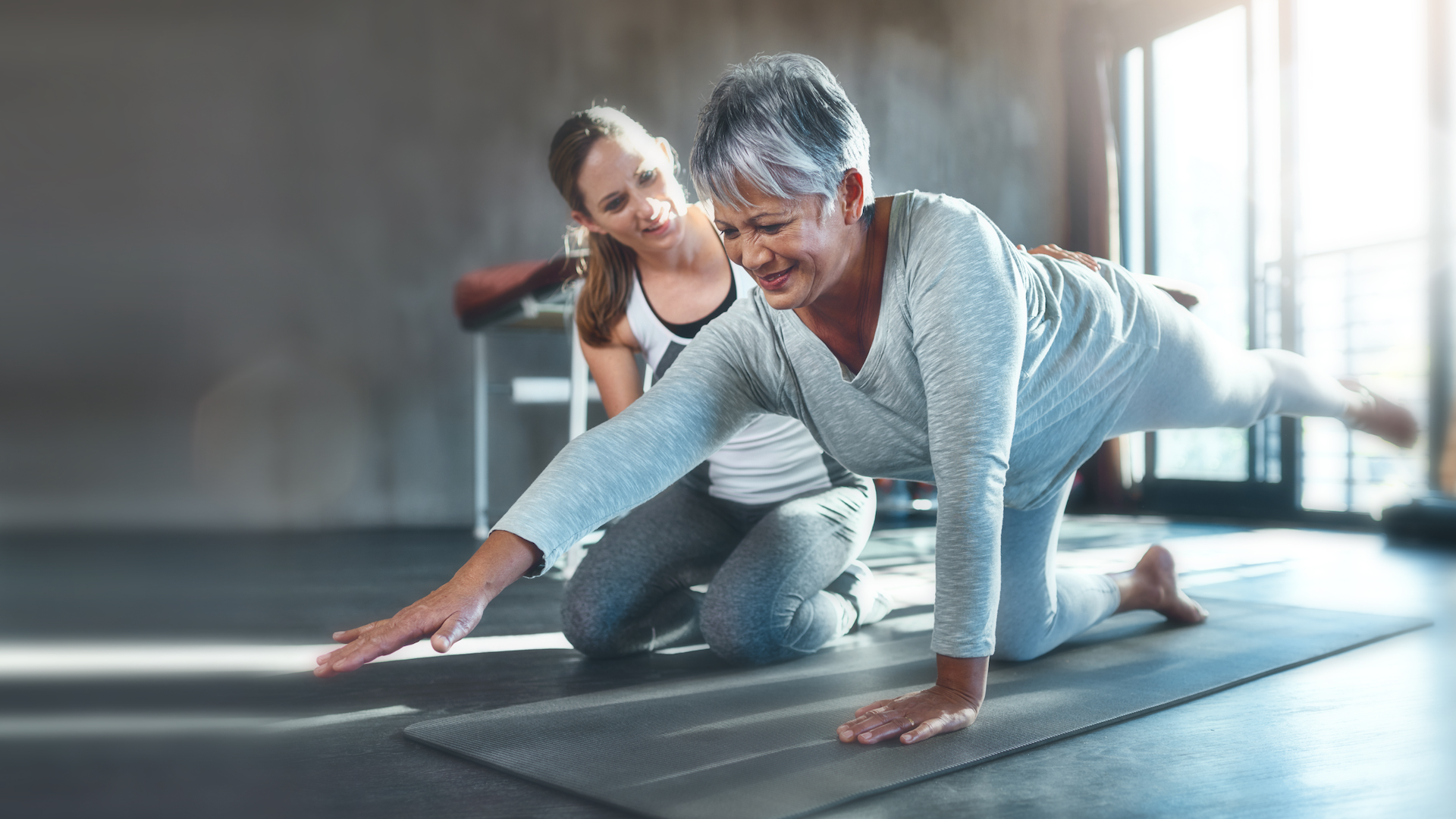
"I see a lot of people focusing on how high they can bring their leg in say, a leg lift, when actually you should be focusing on keeping your core so engaged your upper body is completely still," says Chloe Millward, Pilates instructor and founder of Pilates with Chloe.
"The movement is coming from the core and you will avoid going into the lower back this way too. This is an example of mastering correct form and breath work in your practice, so you will not only avoid injury but you will get so much more out of your classes."
Rushing to introduce equipment
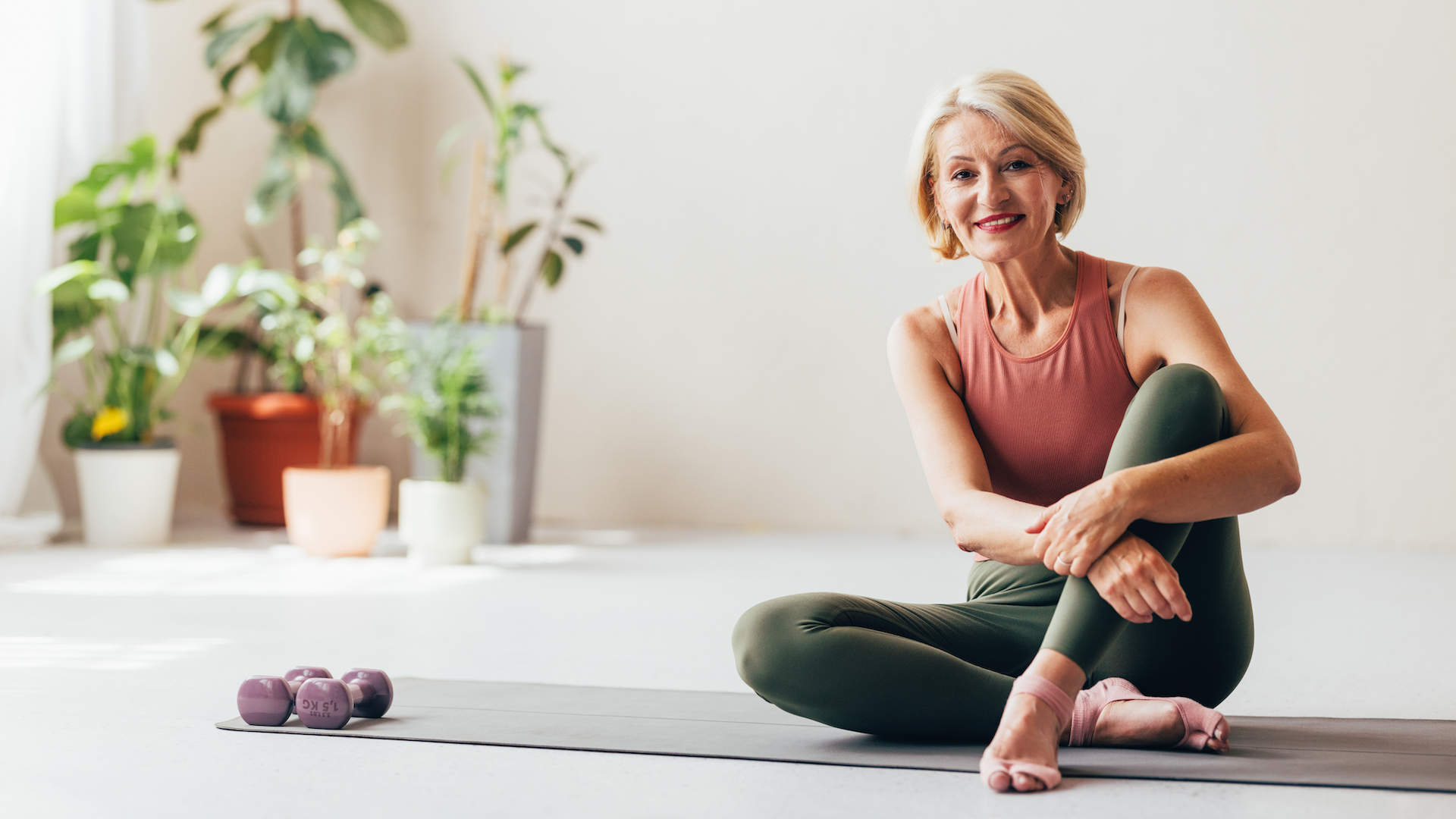
"A mistake I see a lot is beginners wanting to go straight into lots of equipment," notes instructor Chloe Millward. "Although it great that people are so eager, this really does take away from their form. There is too much to think about with the added resistance for a beginner, and ultimately the strength and experience of the practice just isn’t there yet - your own body weight is more than enough to start."
Not being realistic
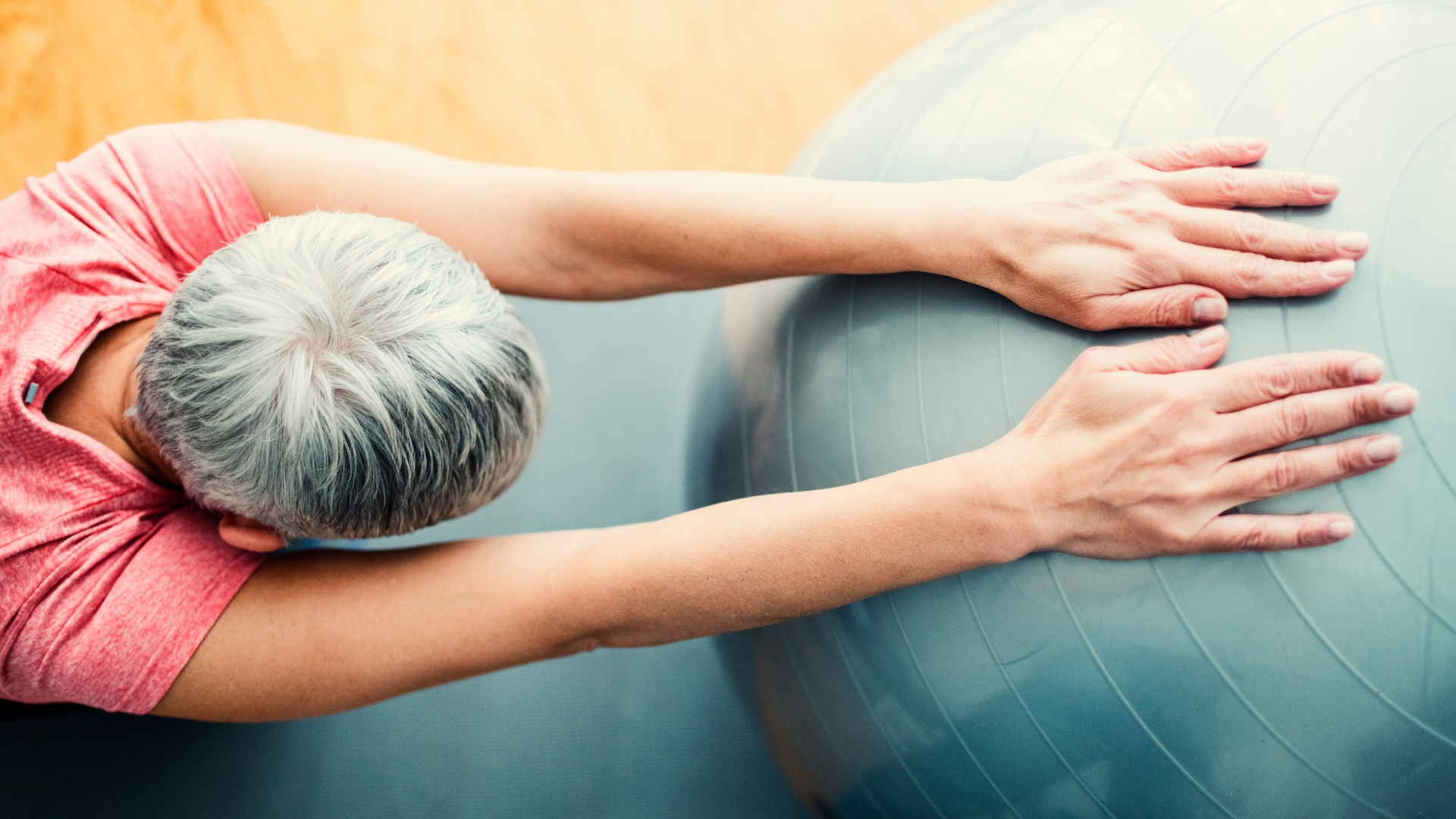
"People automatically think they need to be doing 45 to 60 minute classes daily, but that just isn’t the case," insists Pilates instructor Chloe Millward. "We all have super busy lives - if you focus more on how it makes you feel, this will build motivation and consistency, and this is ultimately what will get you results.
"Ten minutes is better than zero minutes - all in all, be realistic. If you have a super busy schedule, focus on shorter classes five to six times per week."
Losing control of movements
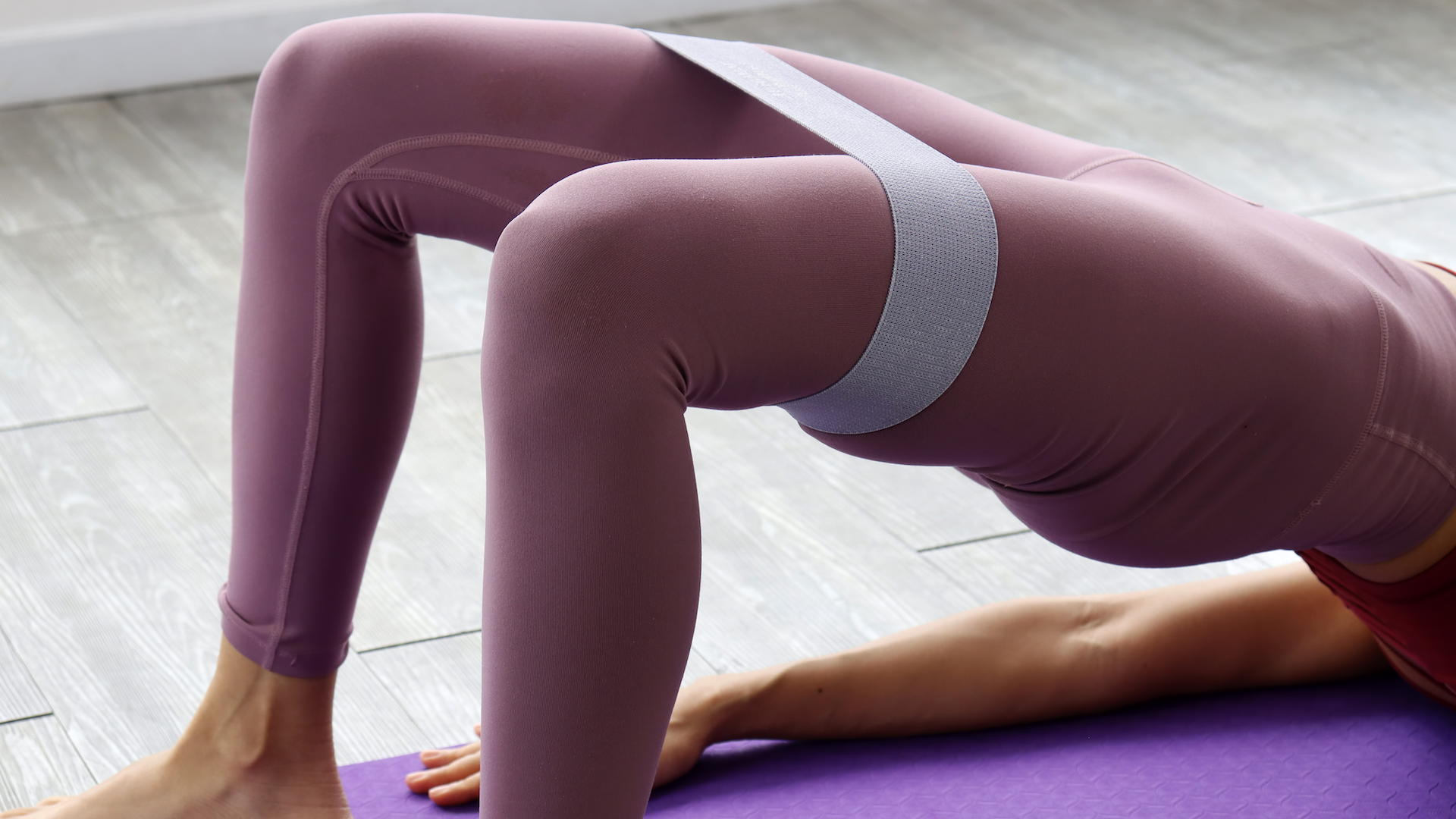
"Pilates is fundamentally about control - generally, the slower you go, the more challenging and effective it becomes," says Aimee Victoria Long, a Pilates instructor. "One of the most common mistakes I see in Pilates is people rushing through the exercises with poor form. In addition to this, they often layer in progressions to make the exercises harder without first mastering the foundations."
Forgetting your 'powerhouse'
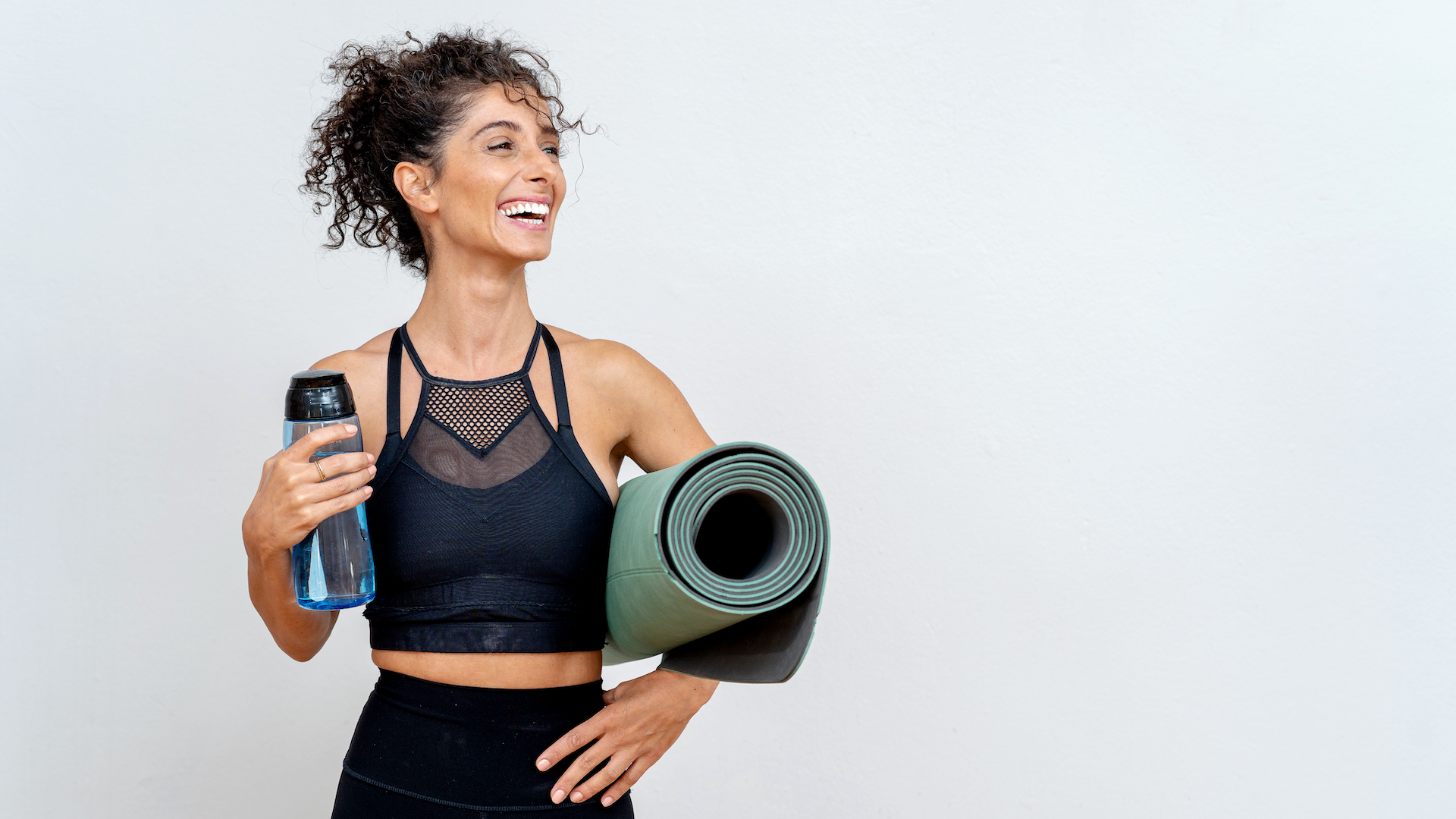
"I would say that not working from a strong centre - or what we in Pilates call the 'powerhouse' - is a common mistake," says Gemma Shaw, a Pilates instructor. "People often muscle through the exercises and use dominant muscles such as shoulders or quads in their thighs and forget about their centre. Everything should be starting from the core."
Creating unnecessary tension
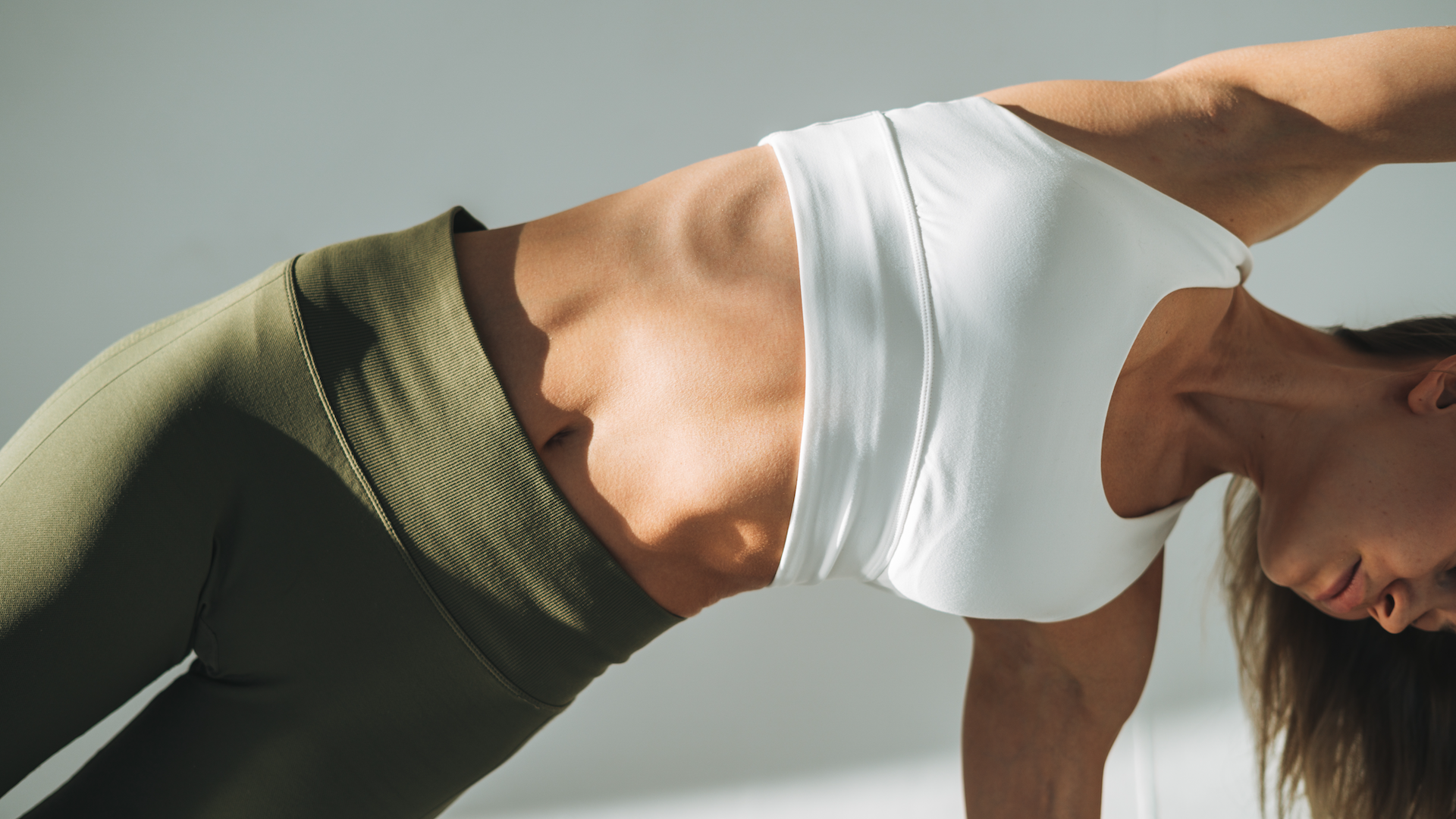
"I often see people overly gripping their abs or tucking their pelvis under in an attempt to 'engage the core' which can actually cause more tension and reduce the effectiveness of the movement, especially in postpartum or pelvic floor-compromised bodies," warns Pilates instructor Hollie Grant.
"In terms of form, less is more. Don’t aim to brace or grip your way through a class - instead, focus on control, connection and working with your breath."

Lauren is a freelance writer and editor with a decade of print and digital journalism experience. While she specialises in covering health and wellness topics - ranging from nutrition and fitness, to women’s health conditions and mental wellbeing - she has written across a diverse range of lifestyle topics, including fashion, beauty, homes, royals and travel.
In addition to writing for Woman & Home and sister title Homes & Gardens, Lauren's work has also been published by Women’s Health, The Times, Daily Telegraph, Elle, Cosmopolitan, The Guardian, Marie Claire, Body + Soul, Stylist, Glamour, Grazia, Red, Dazed Digital, Yahoo Life, The Sun’s Fabulous, Get The Gloss and Hello! among others.
